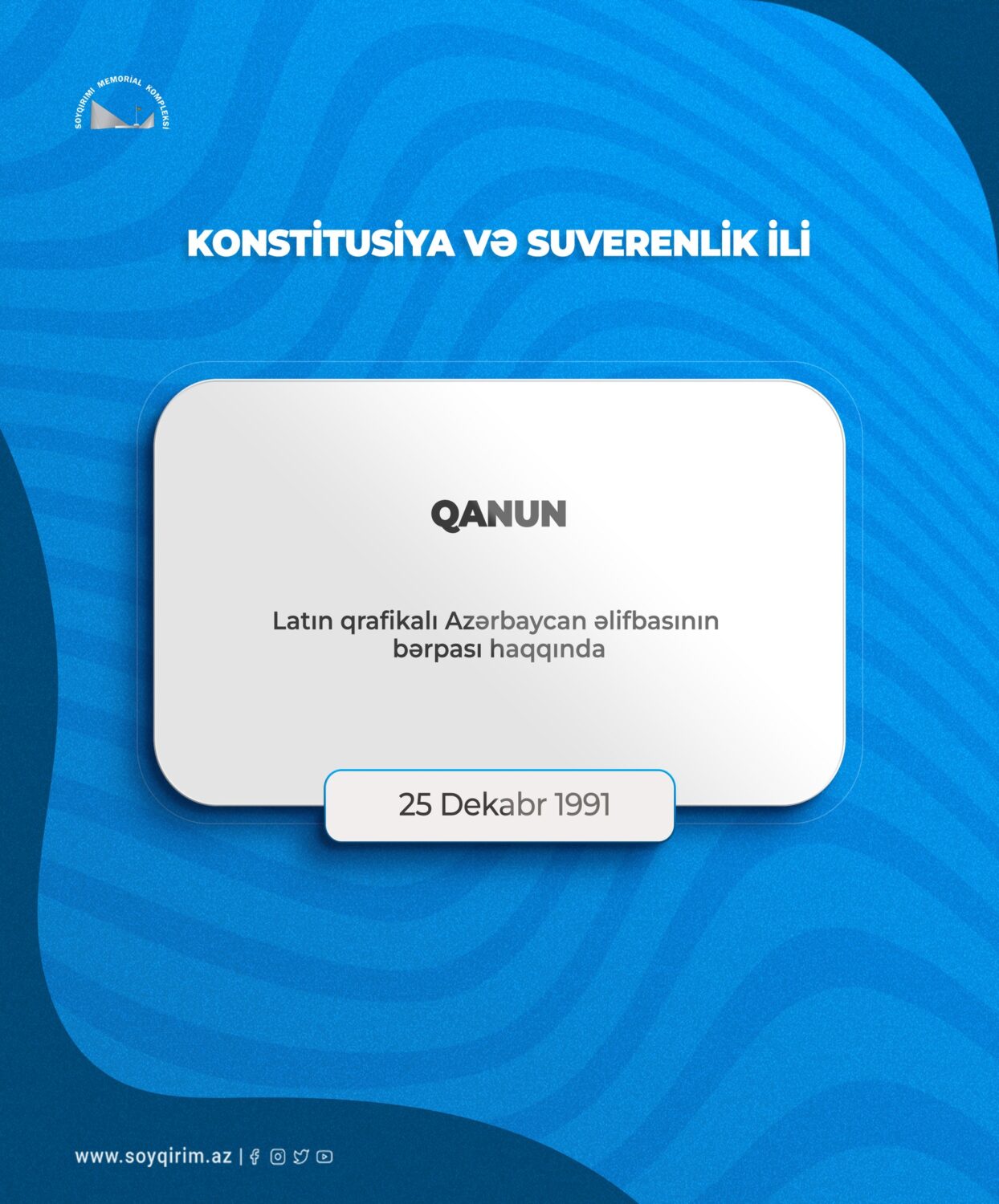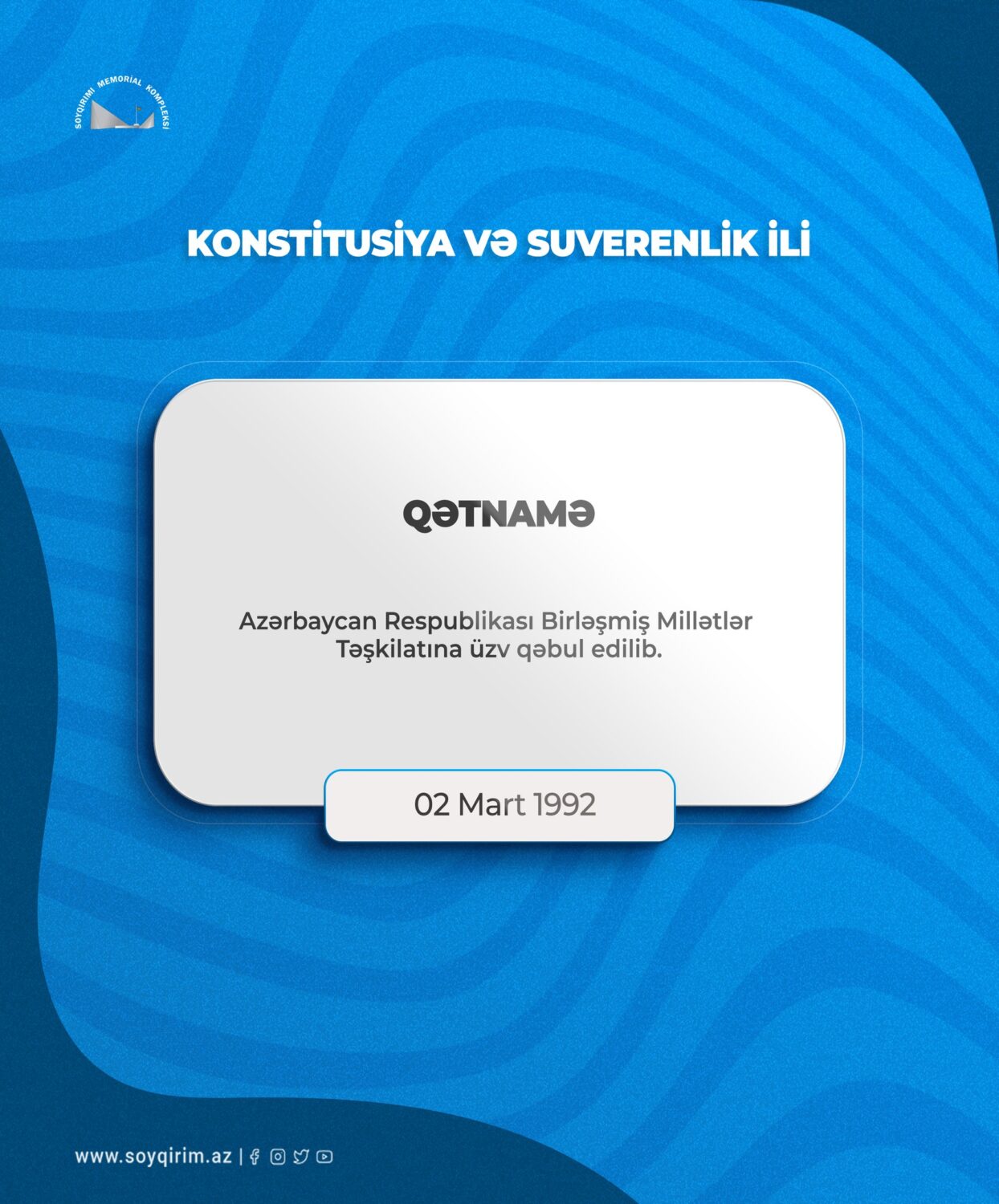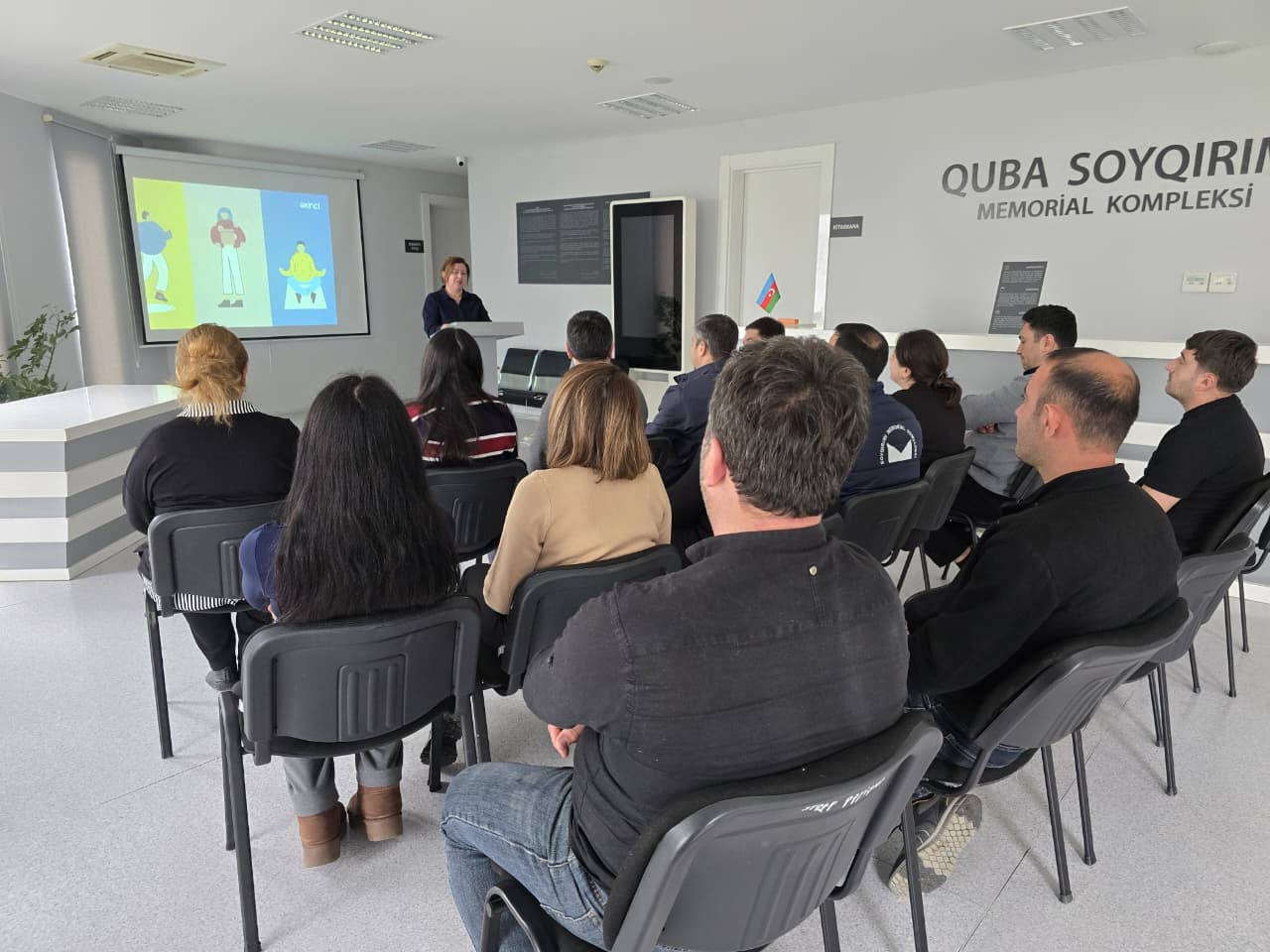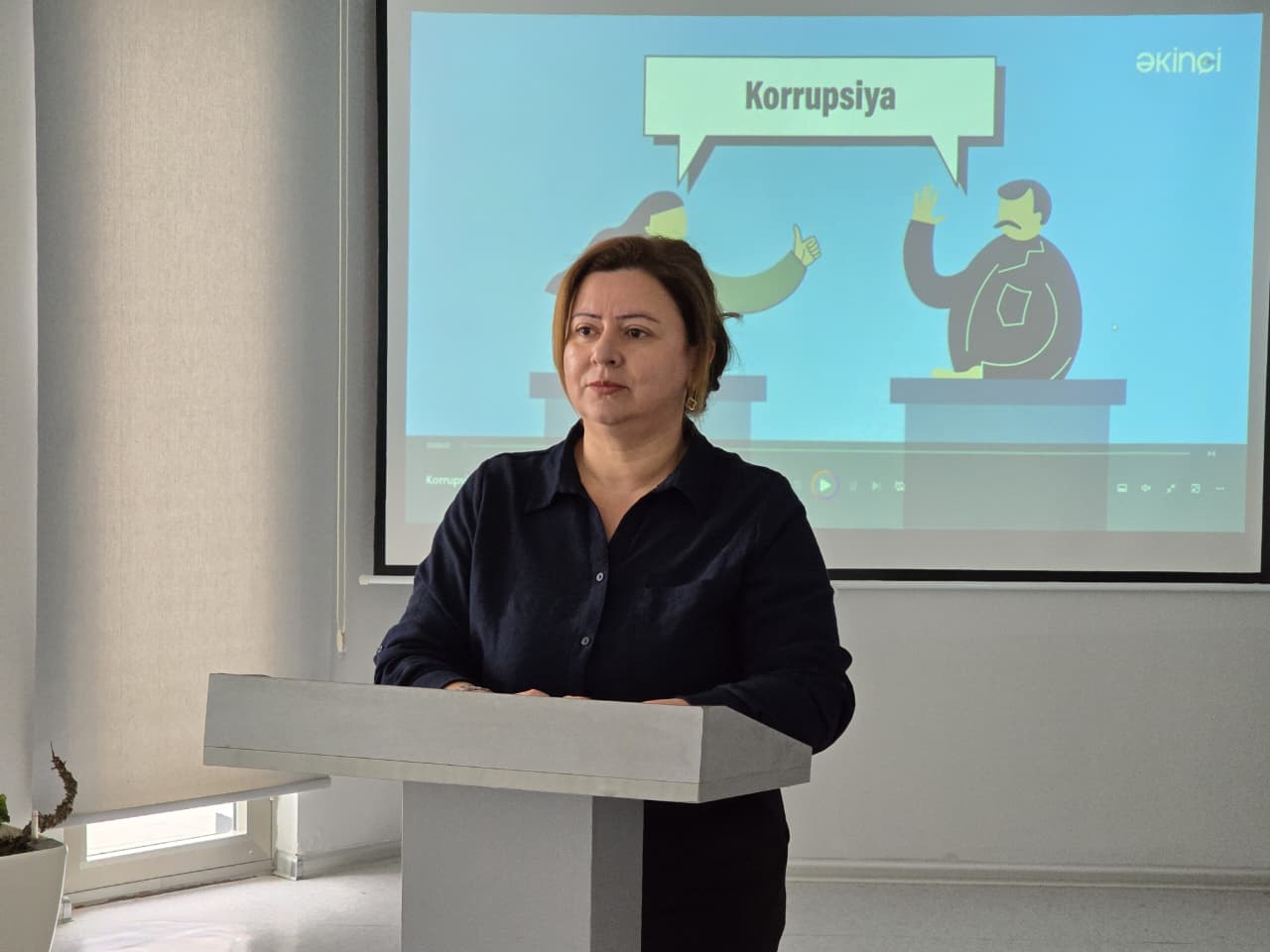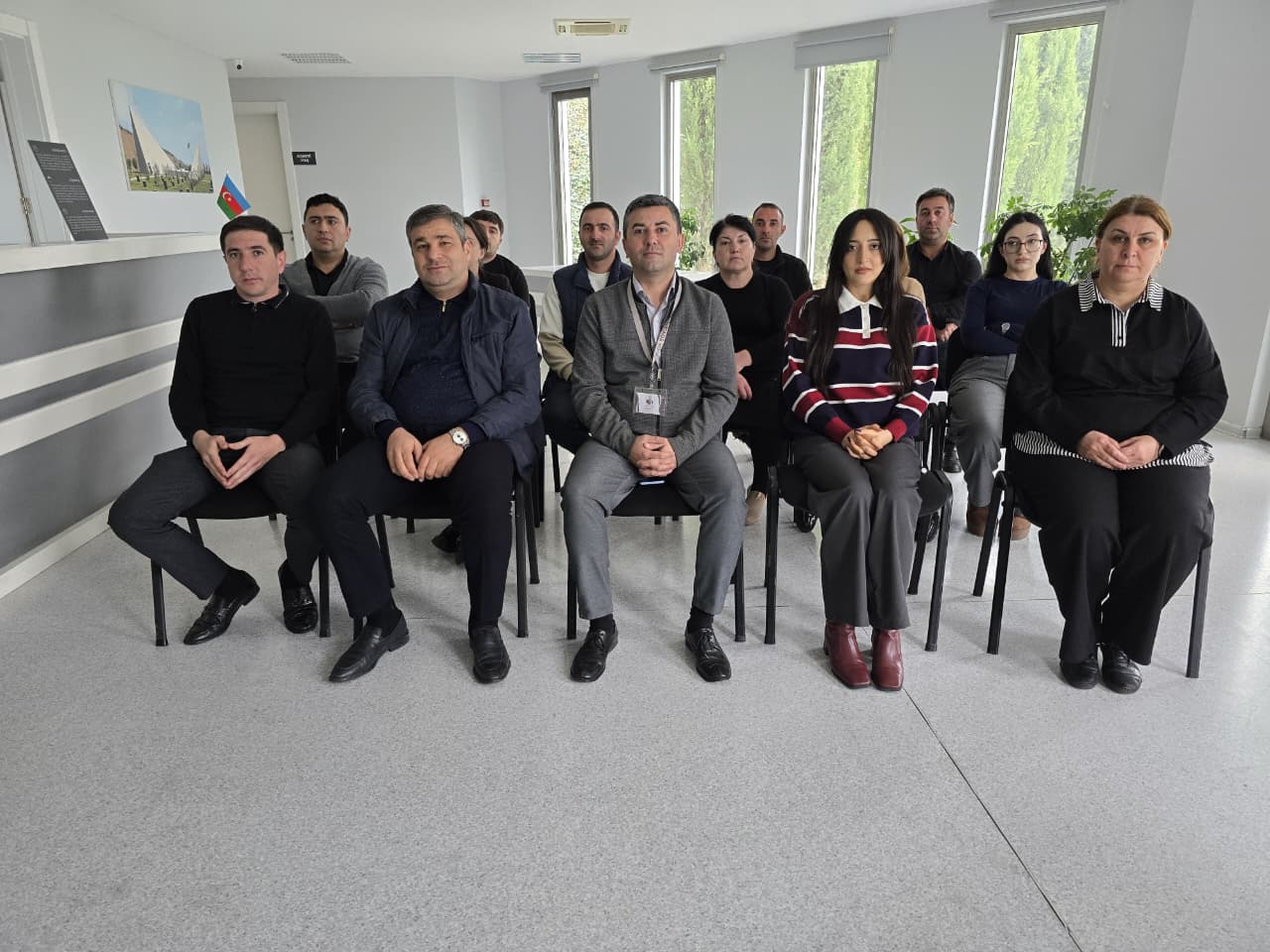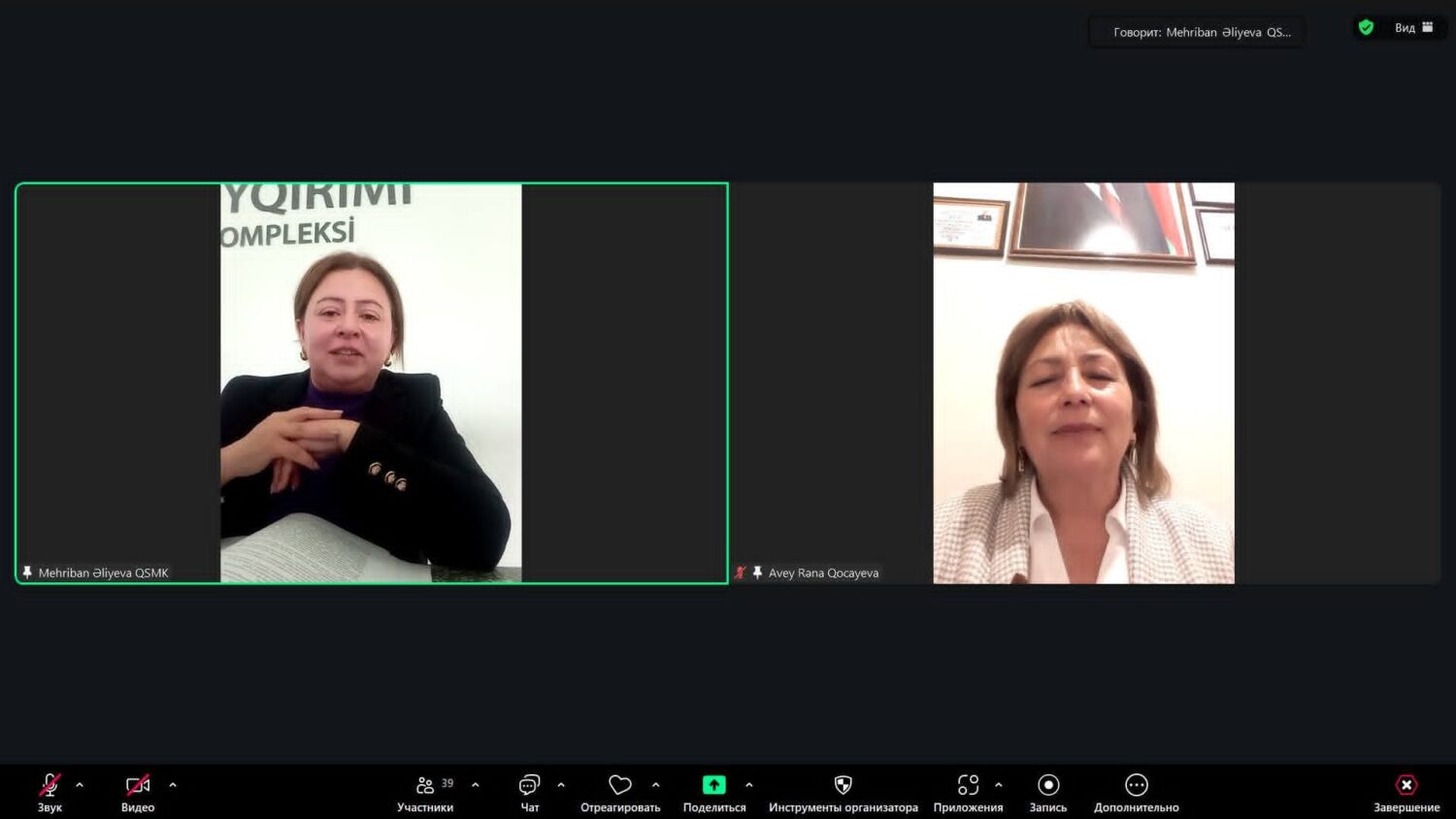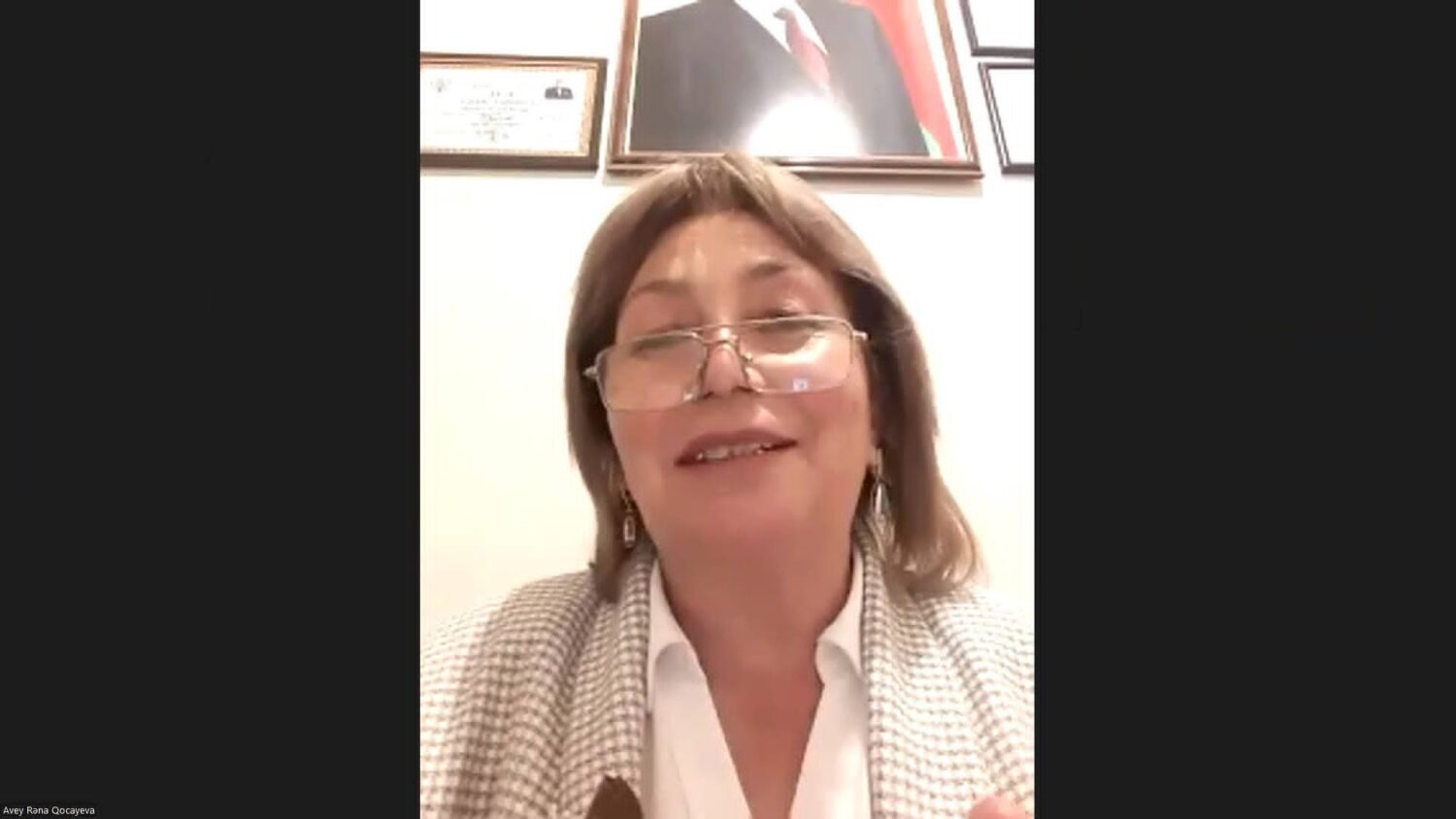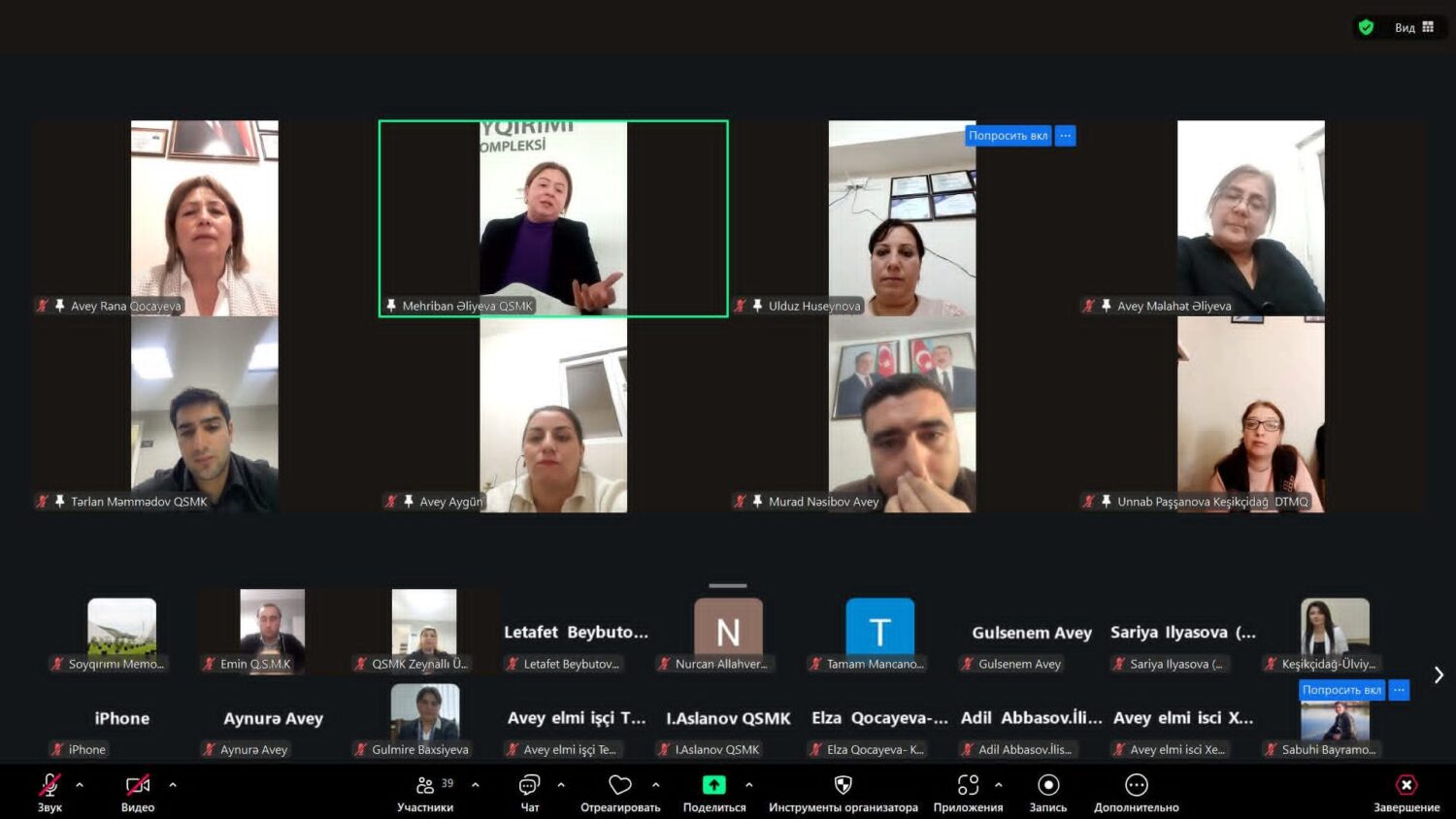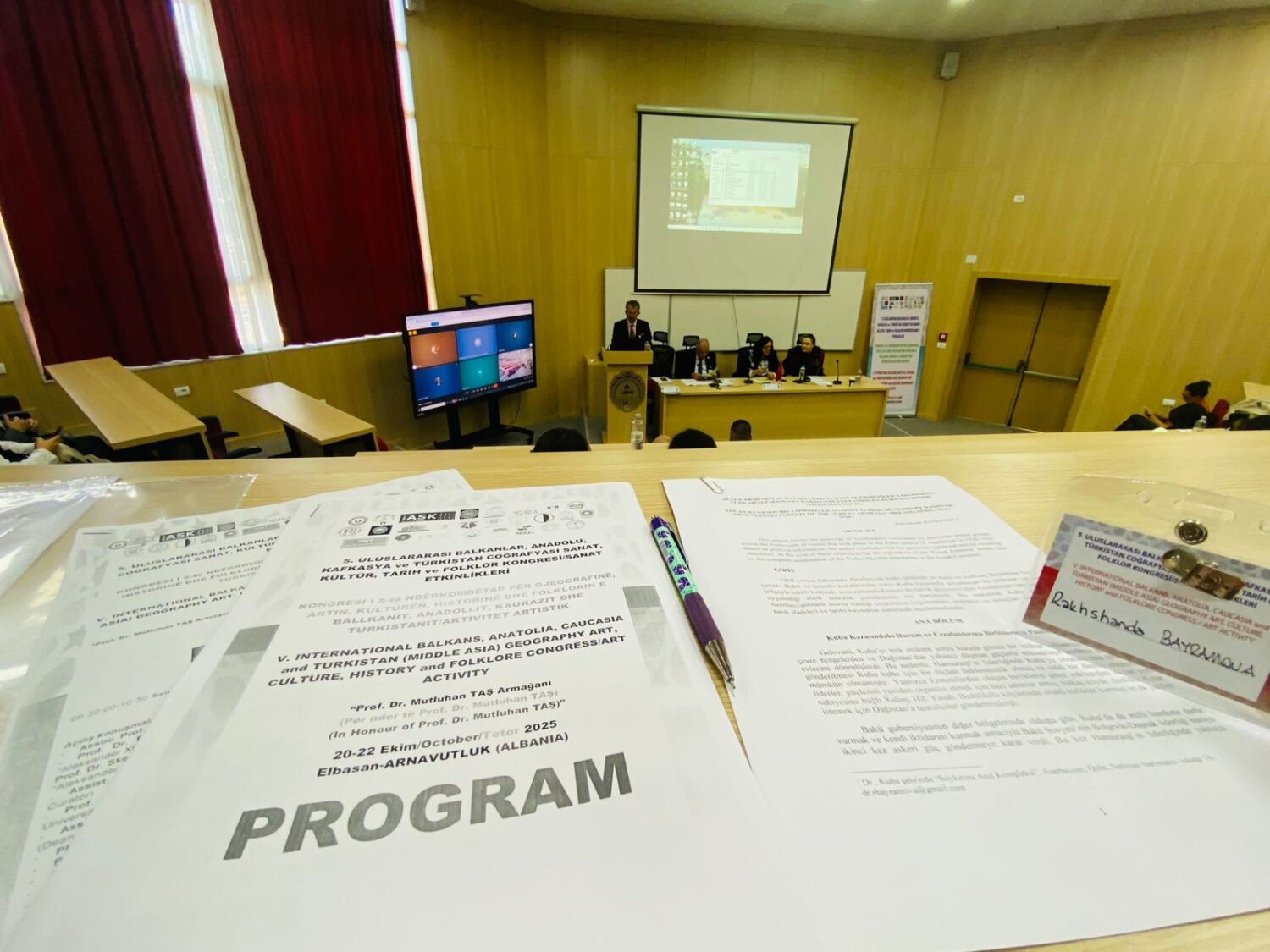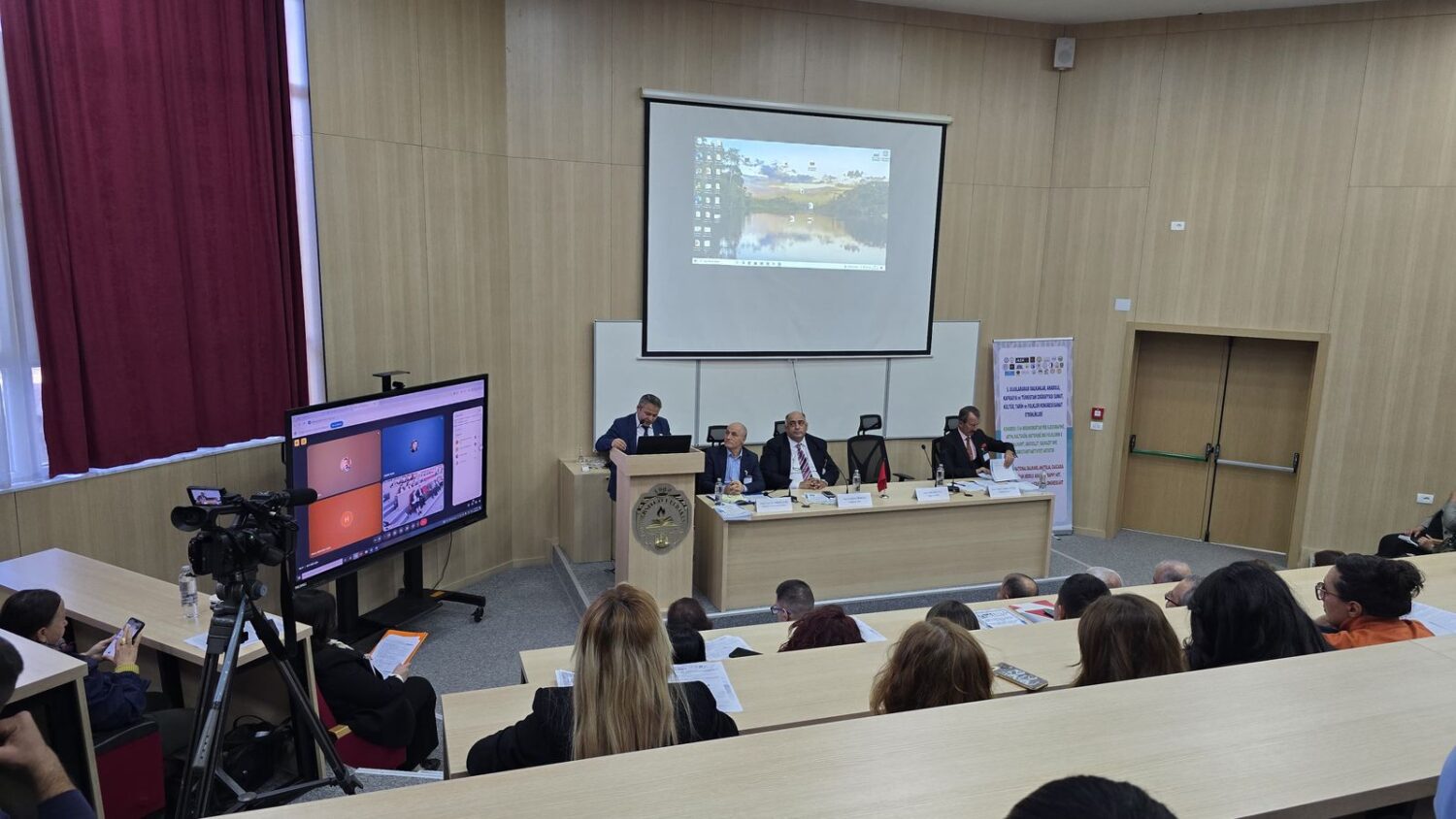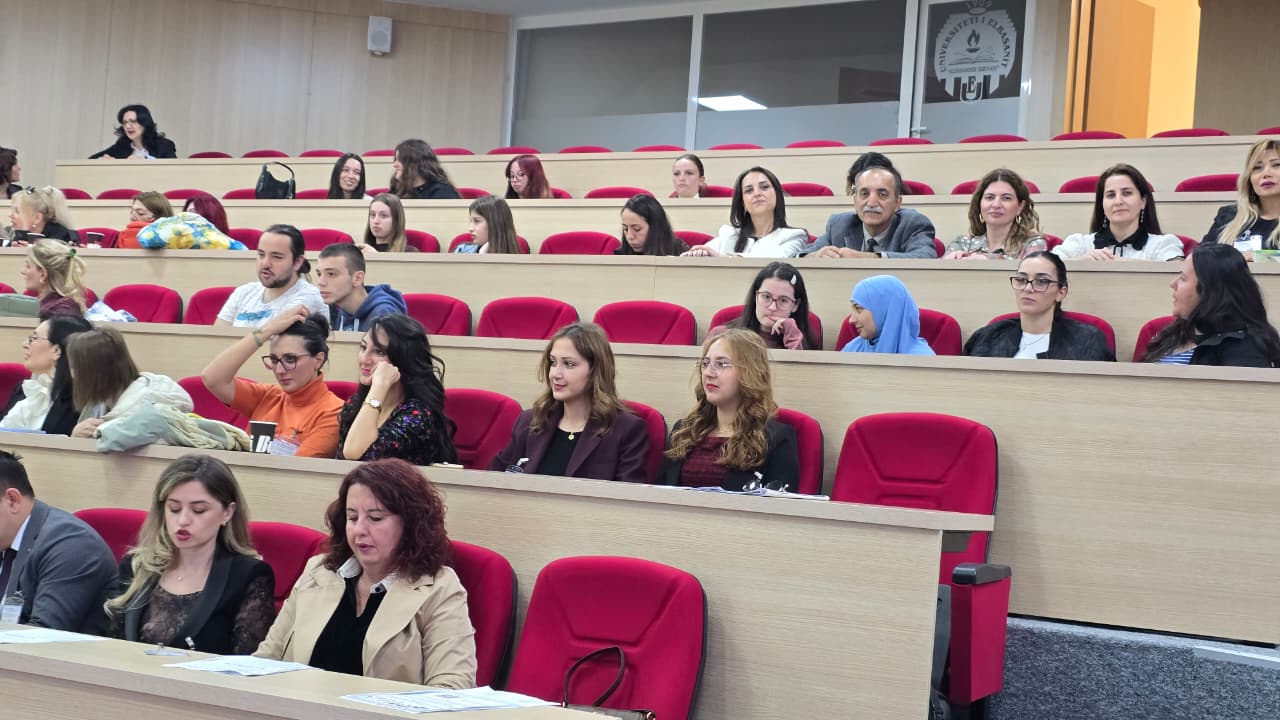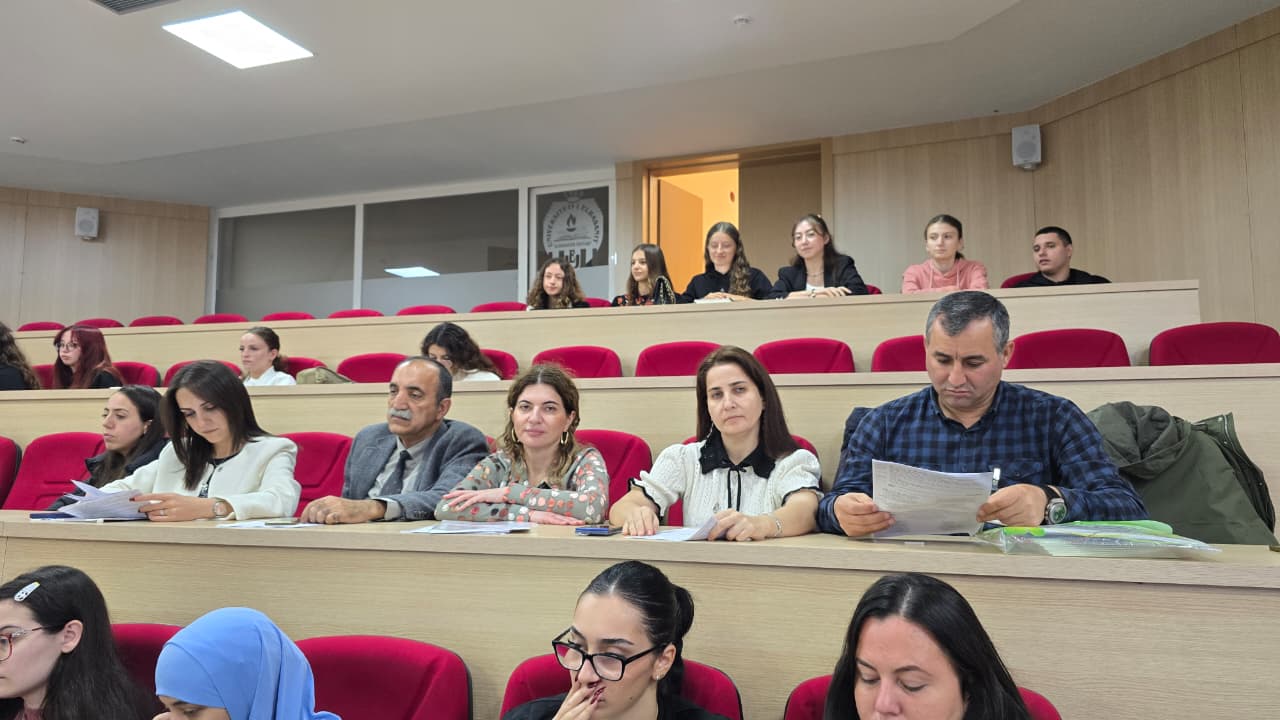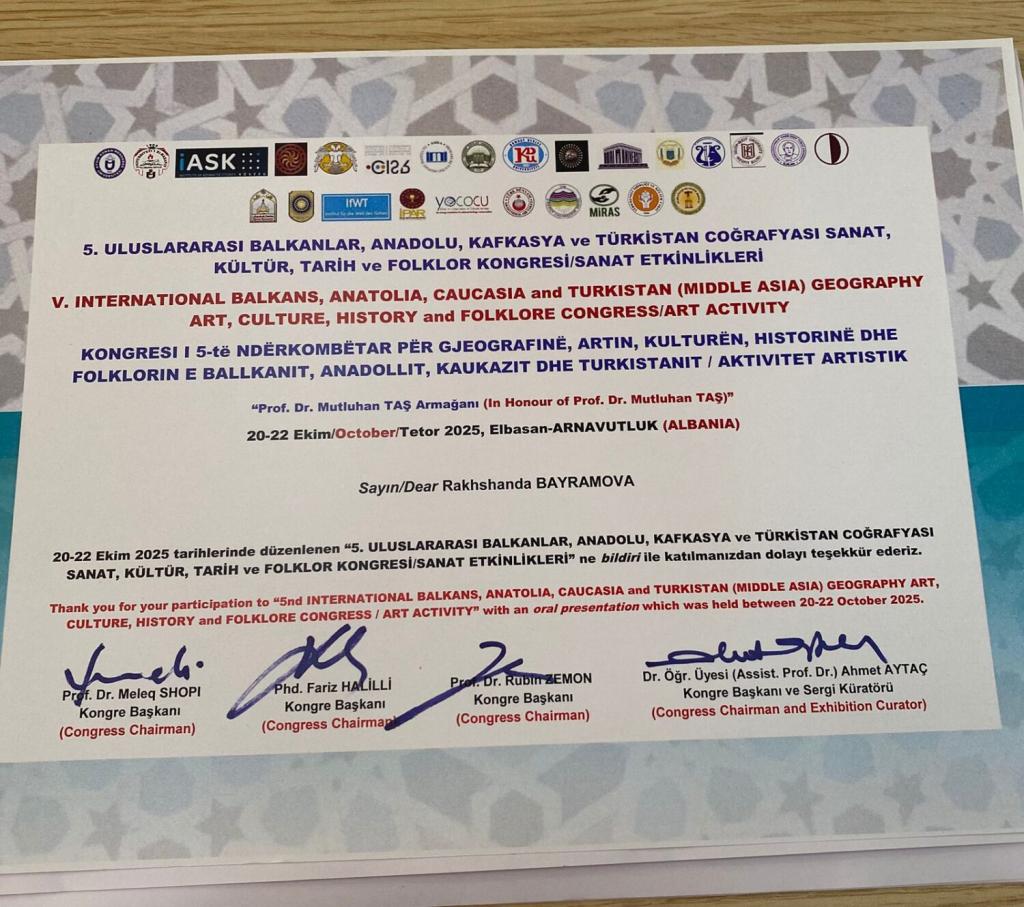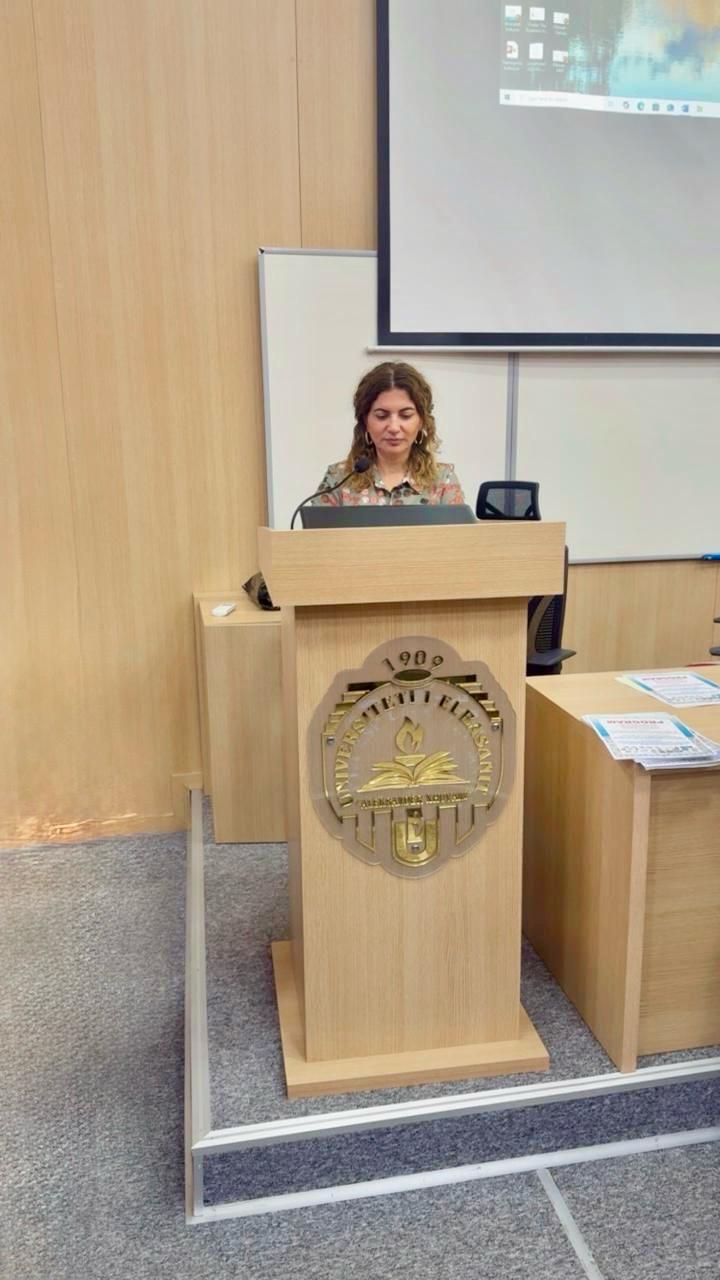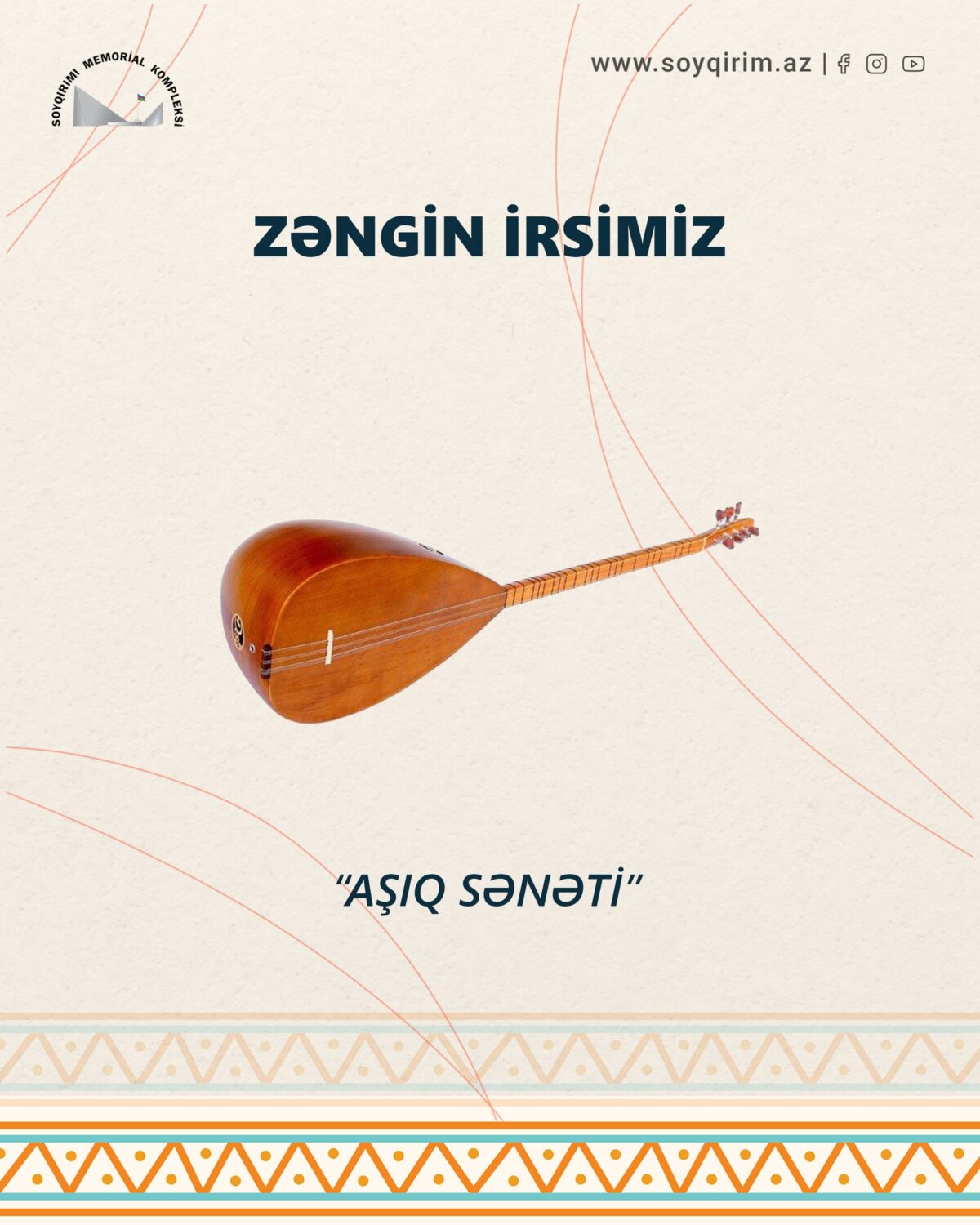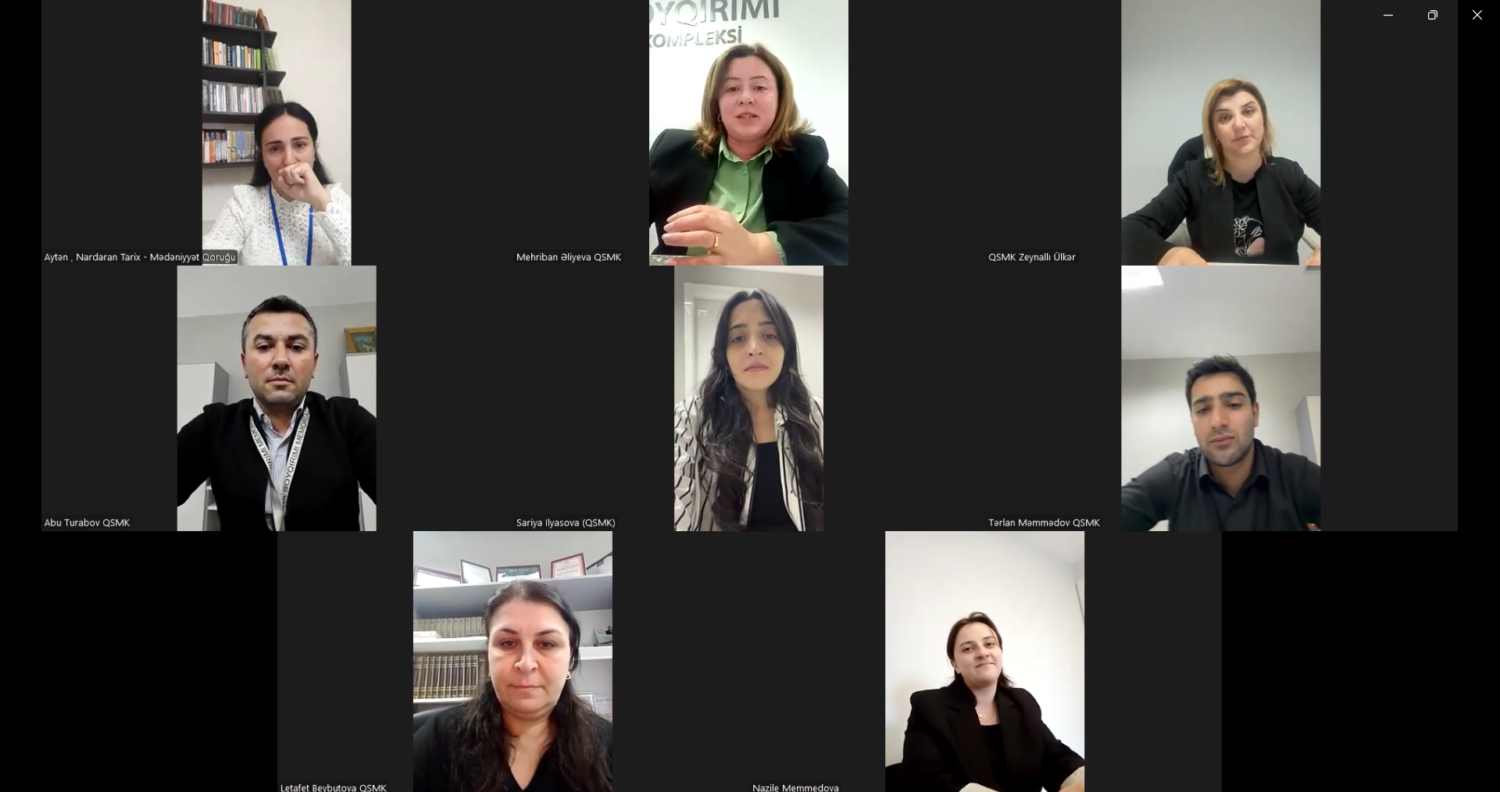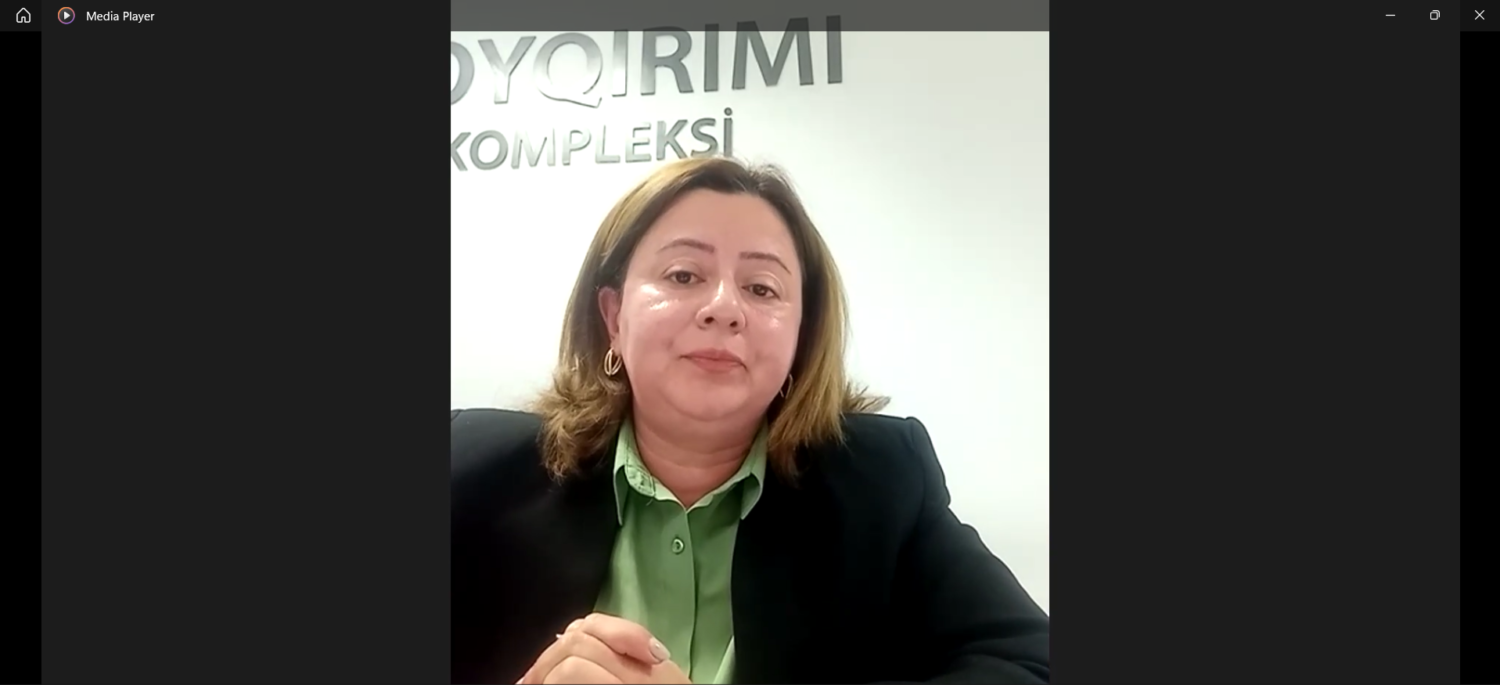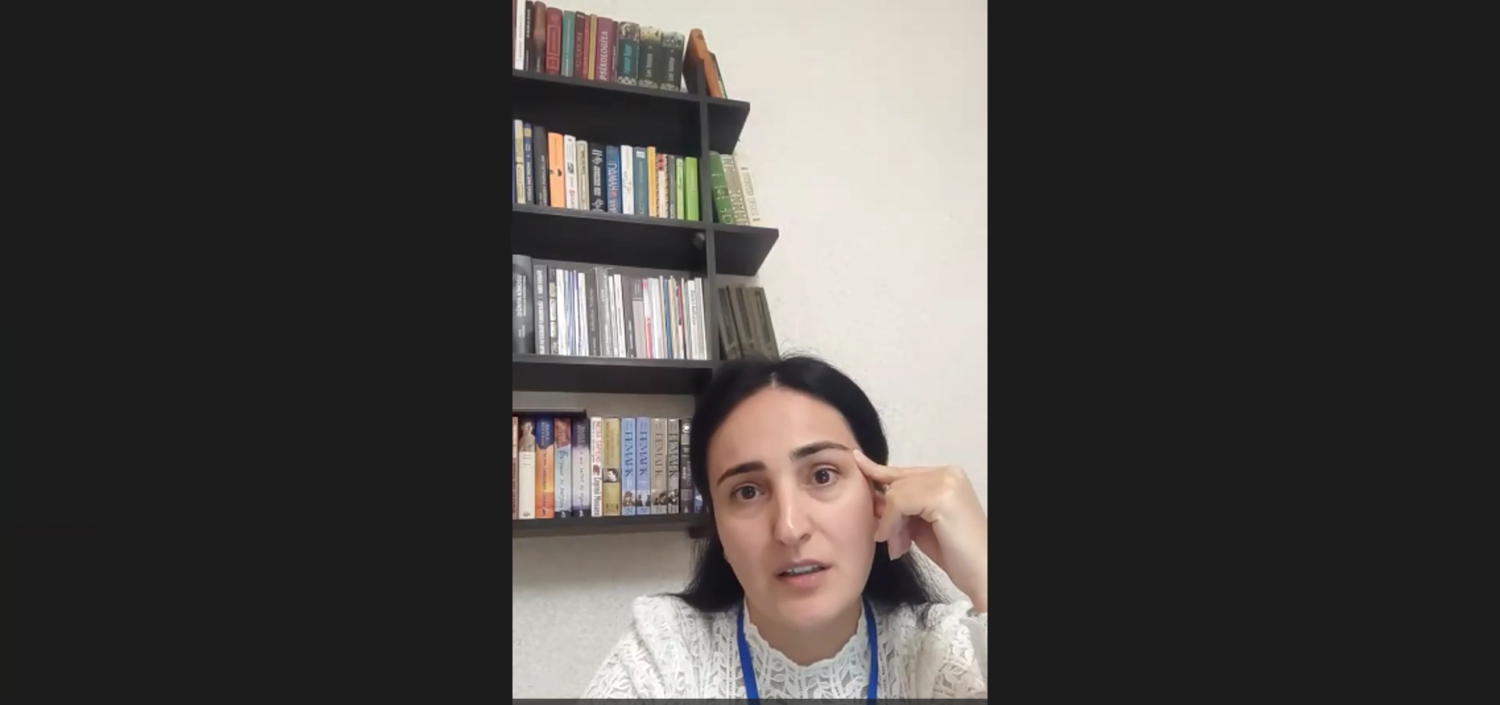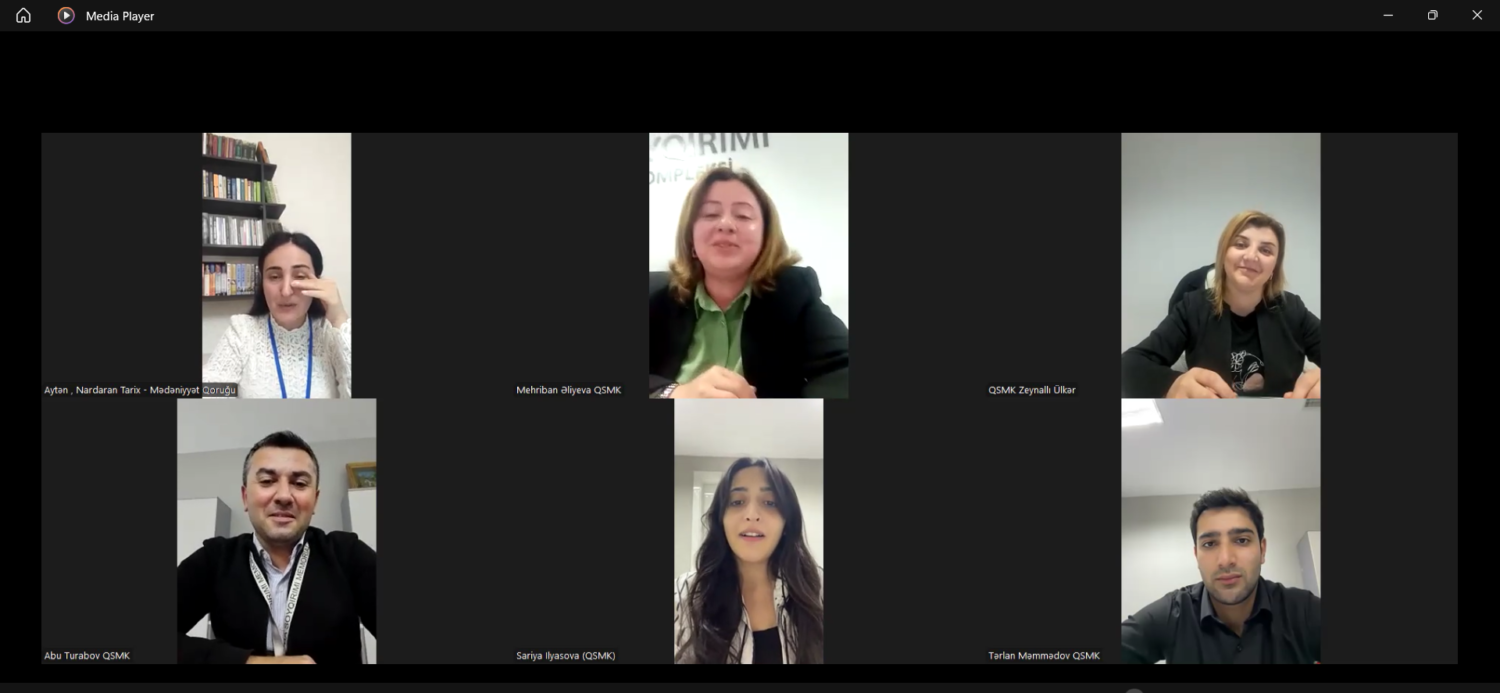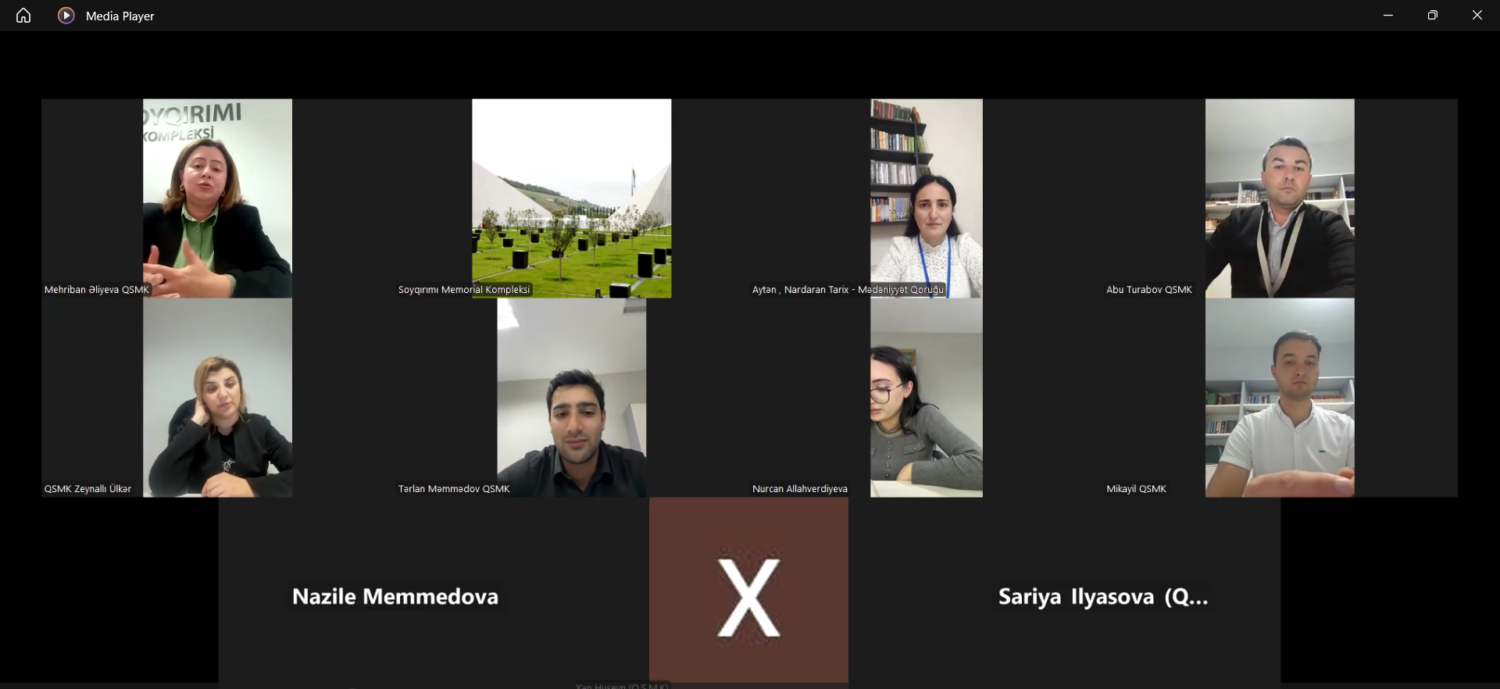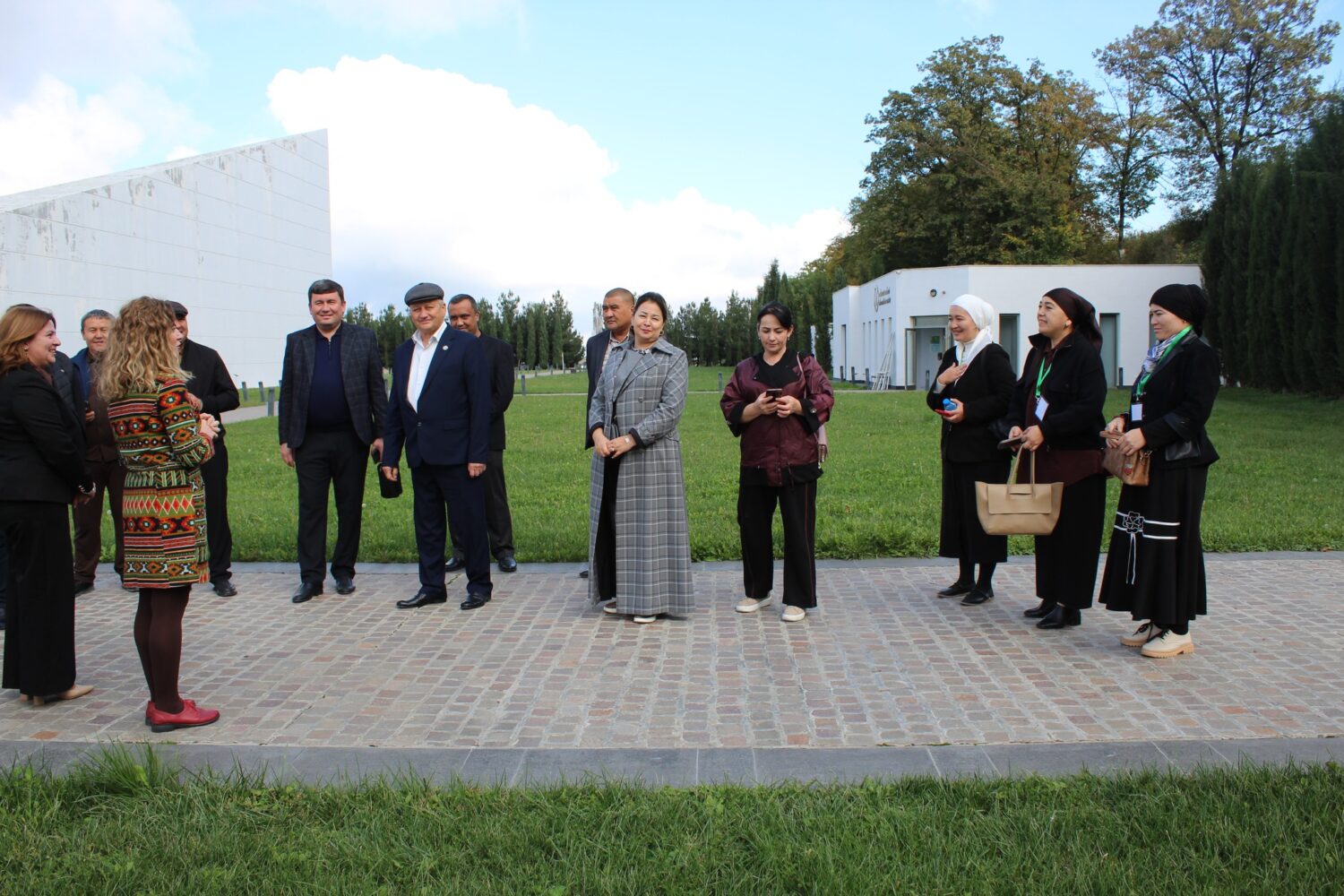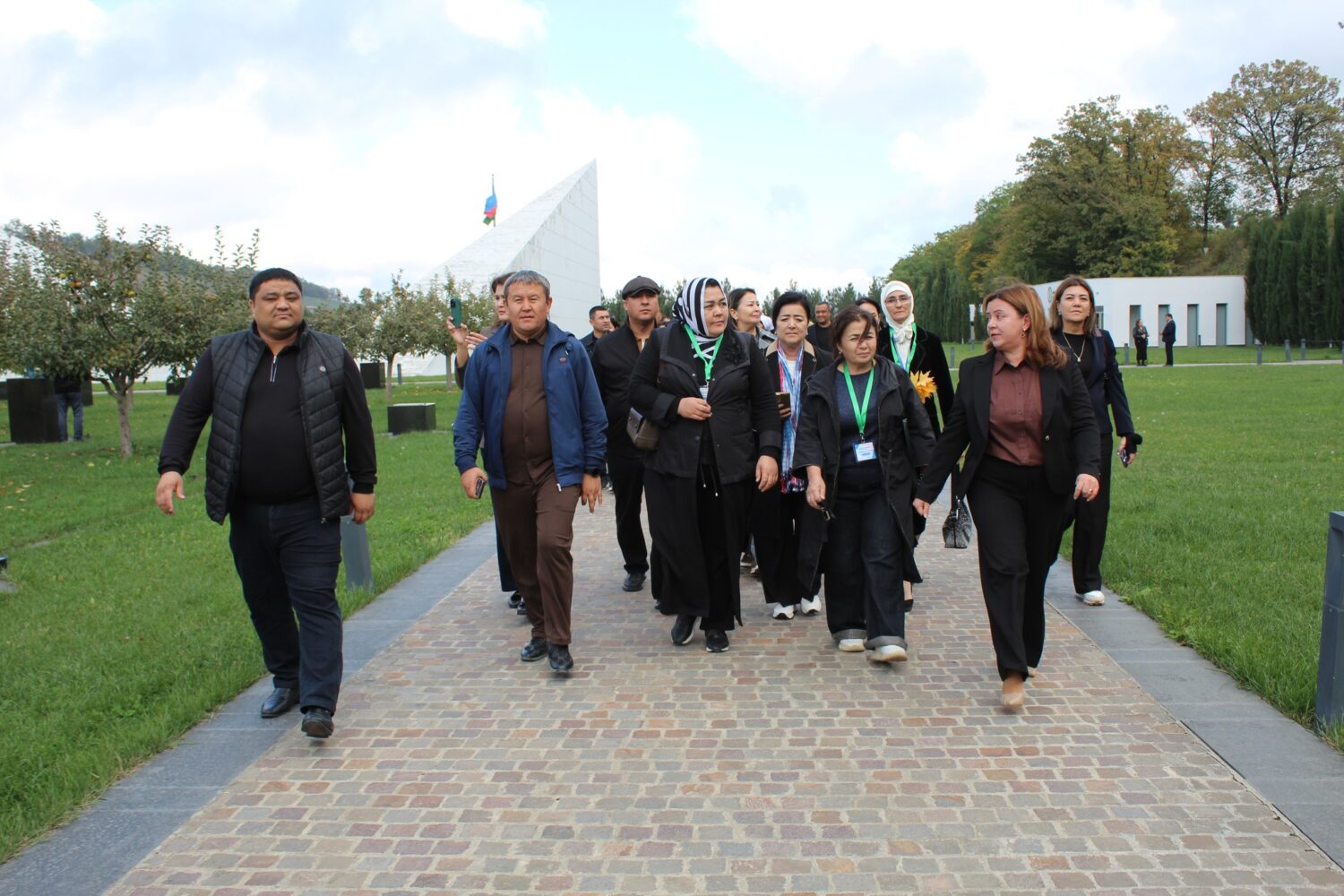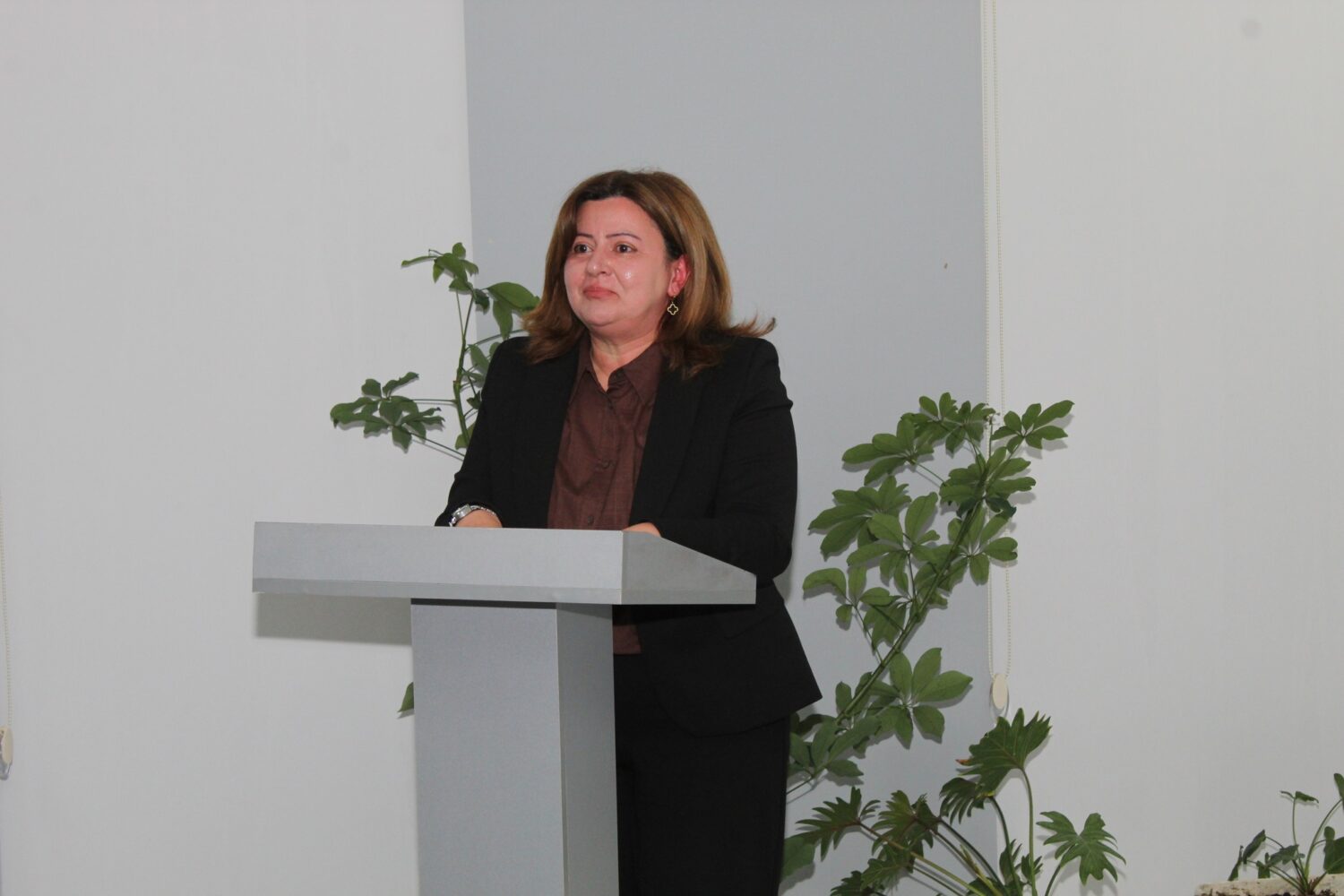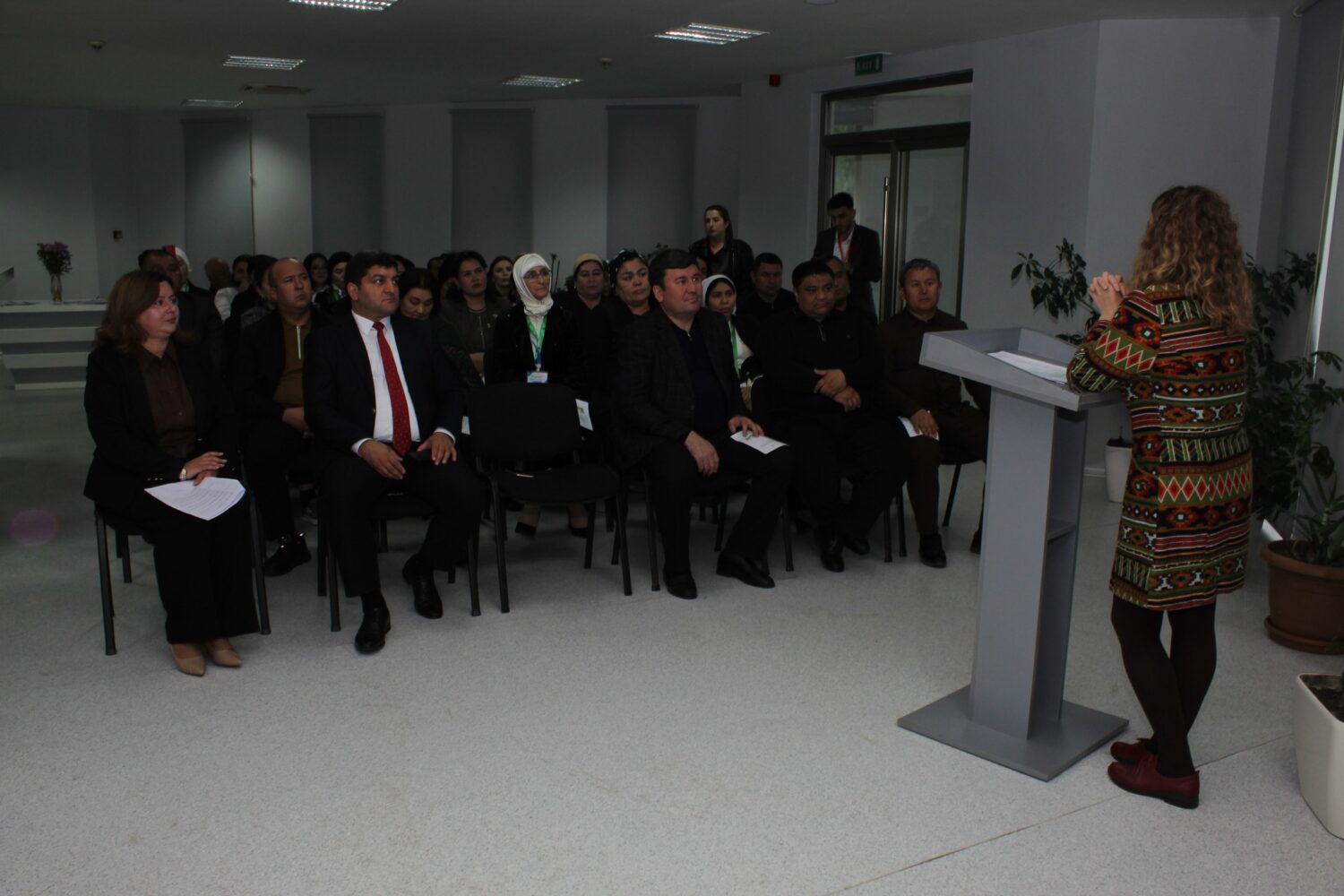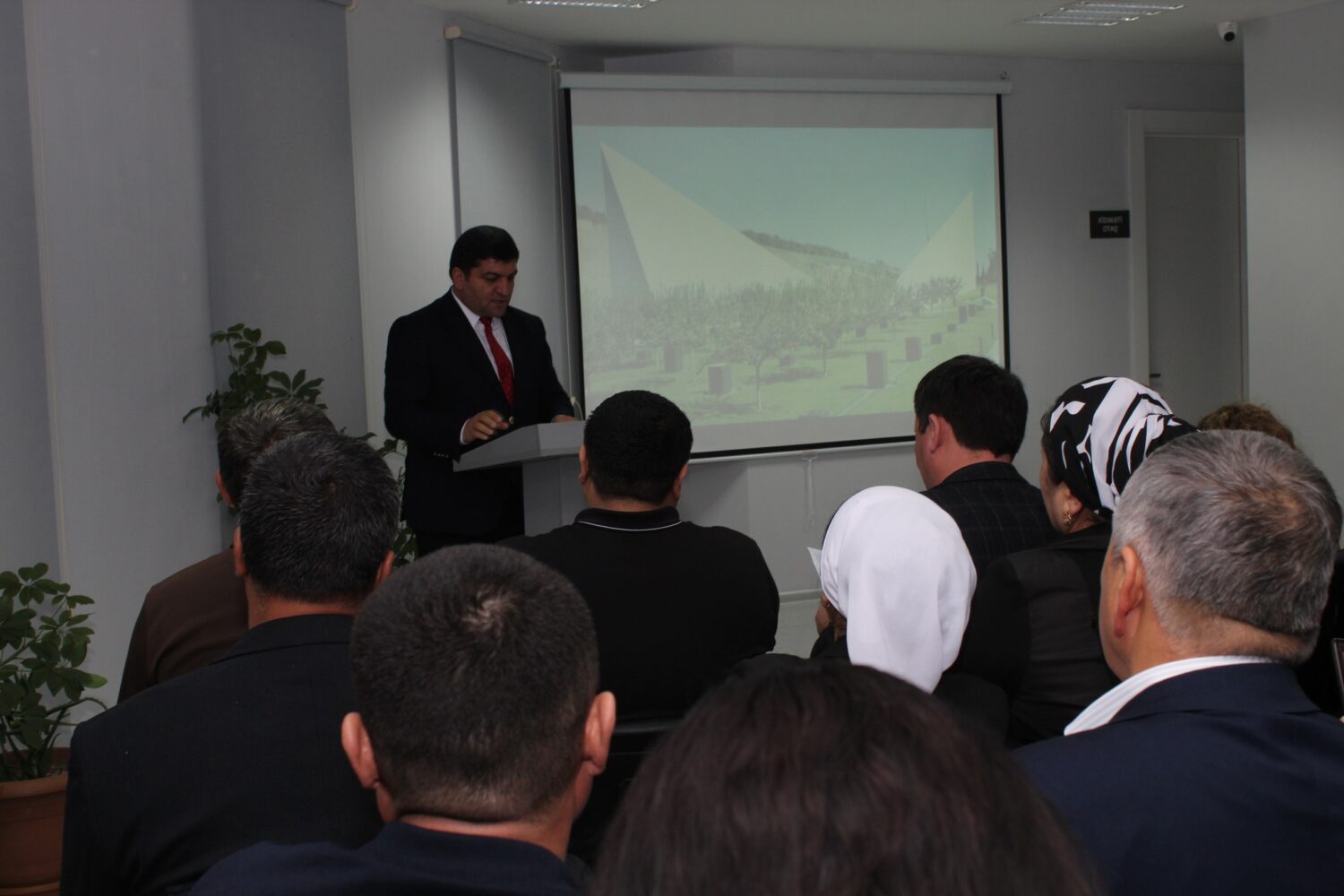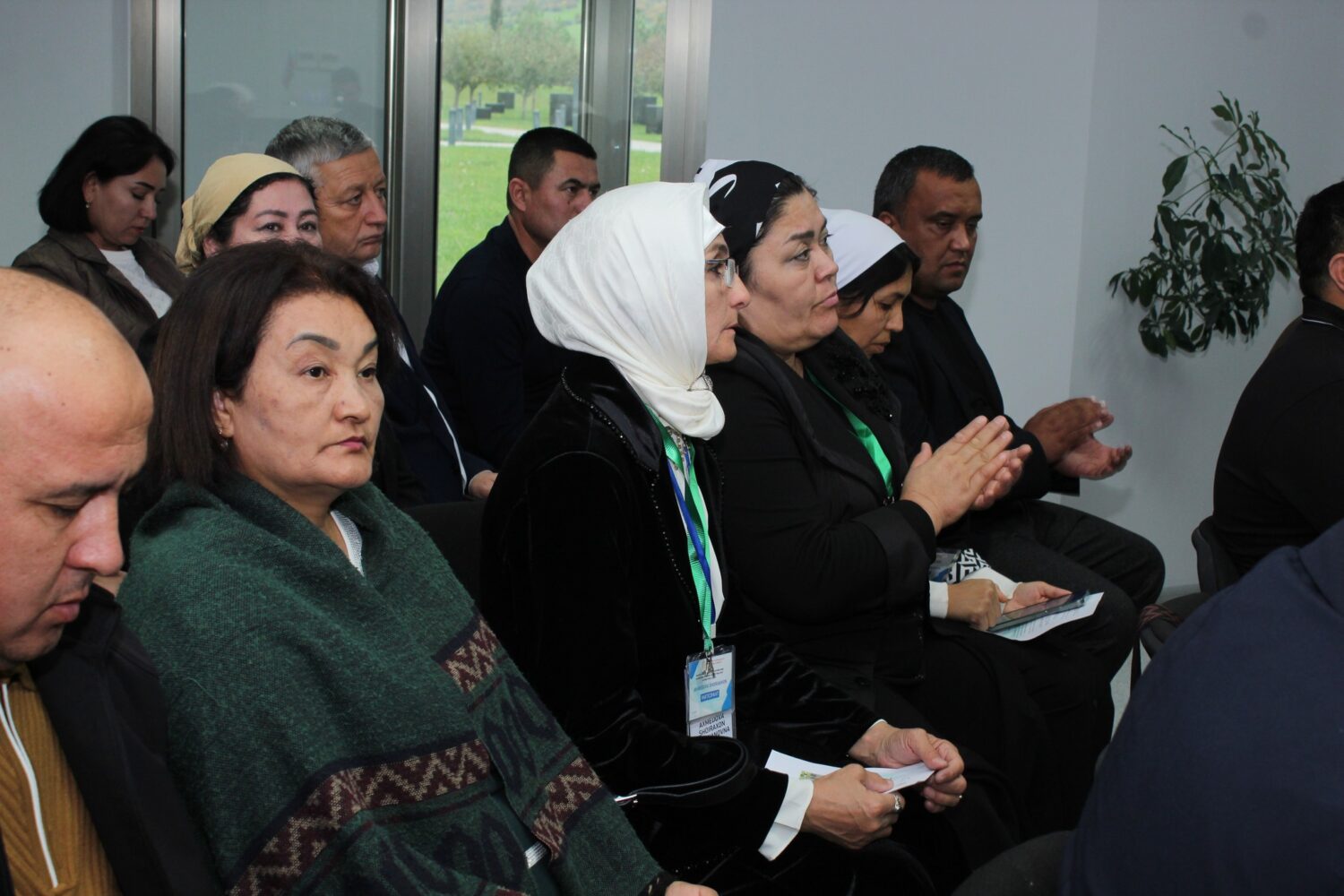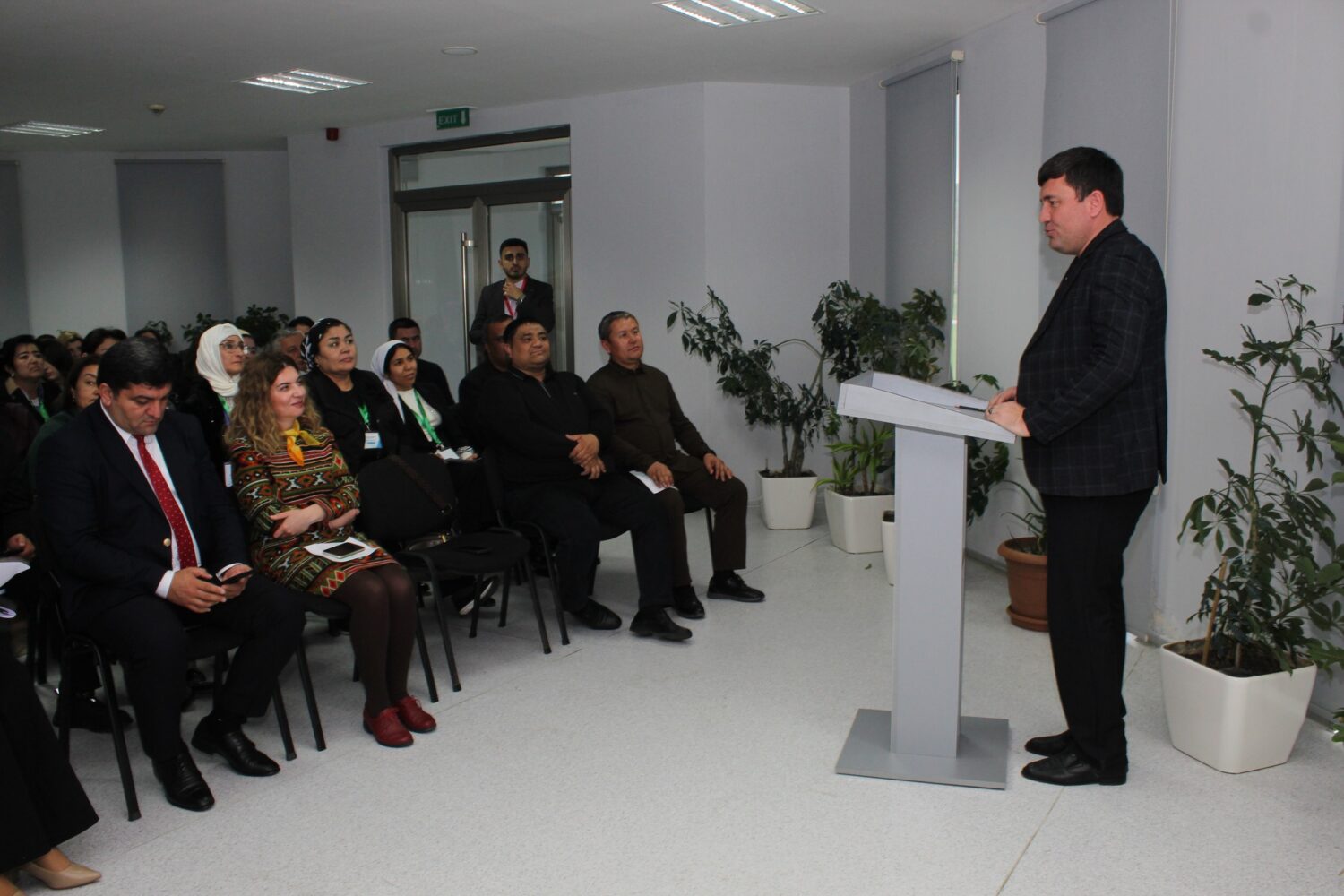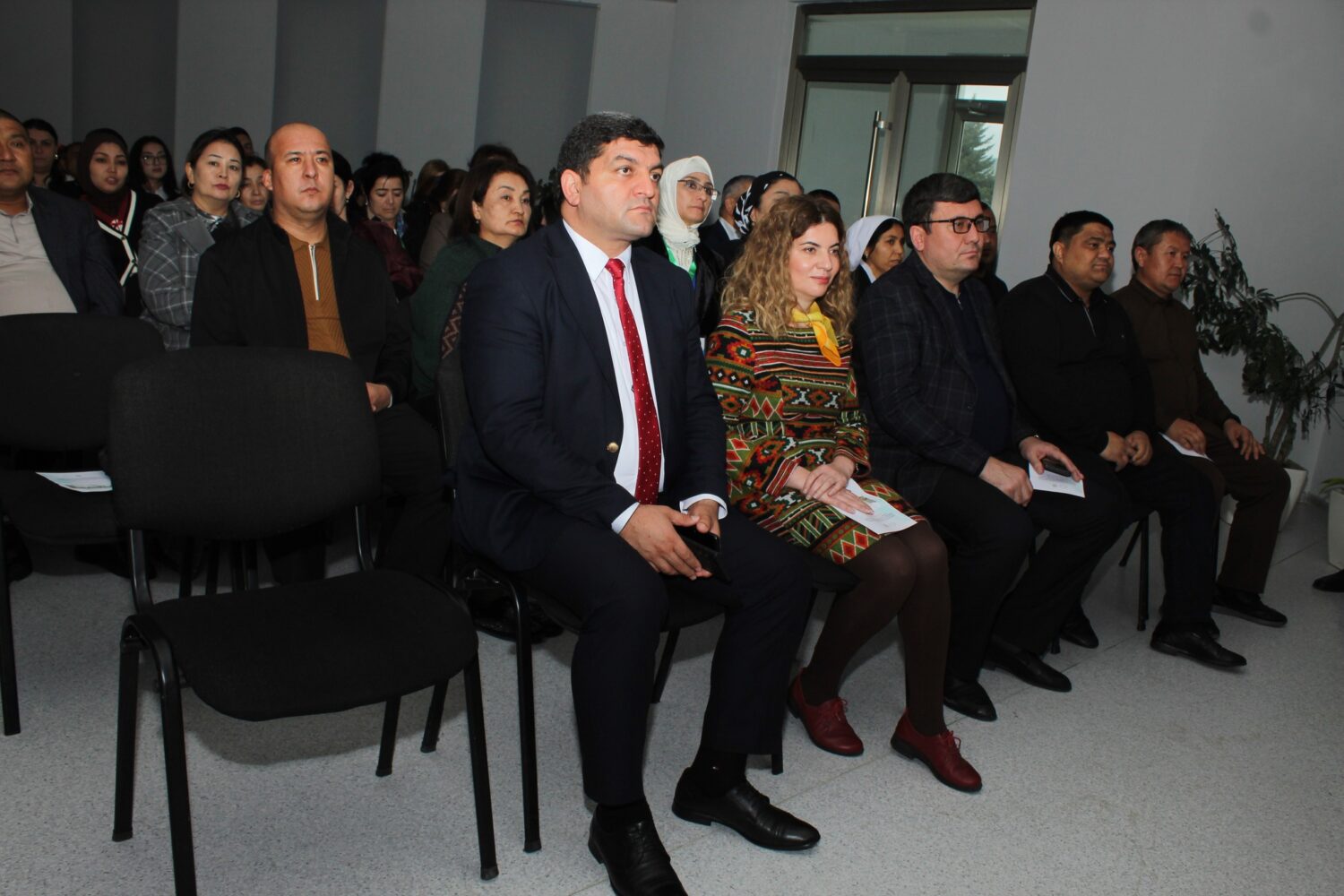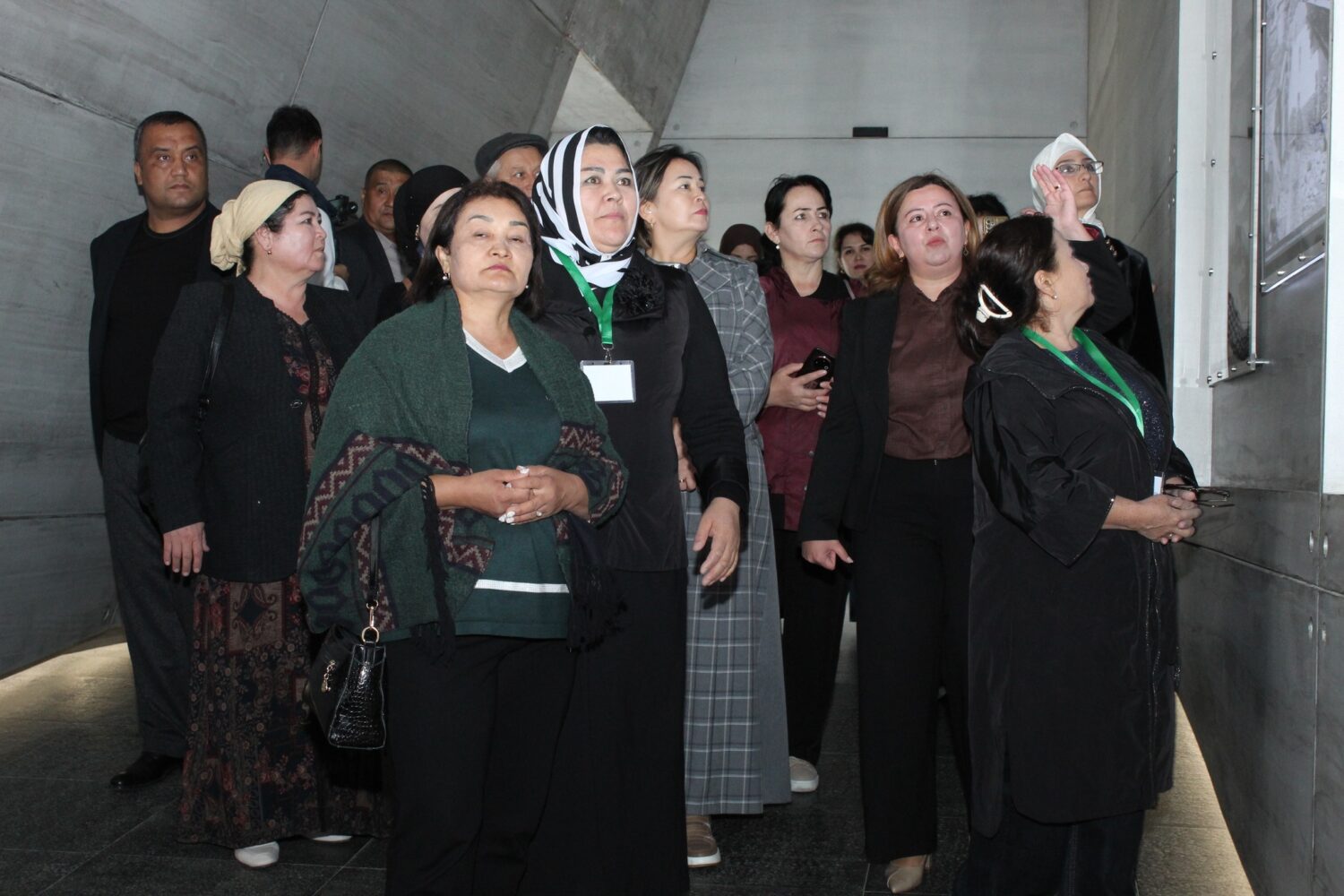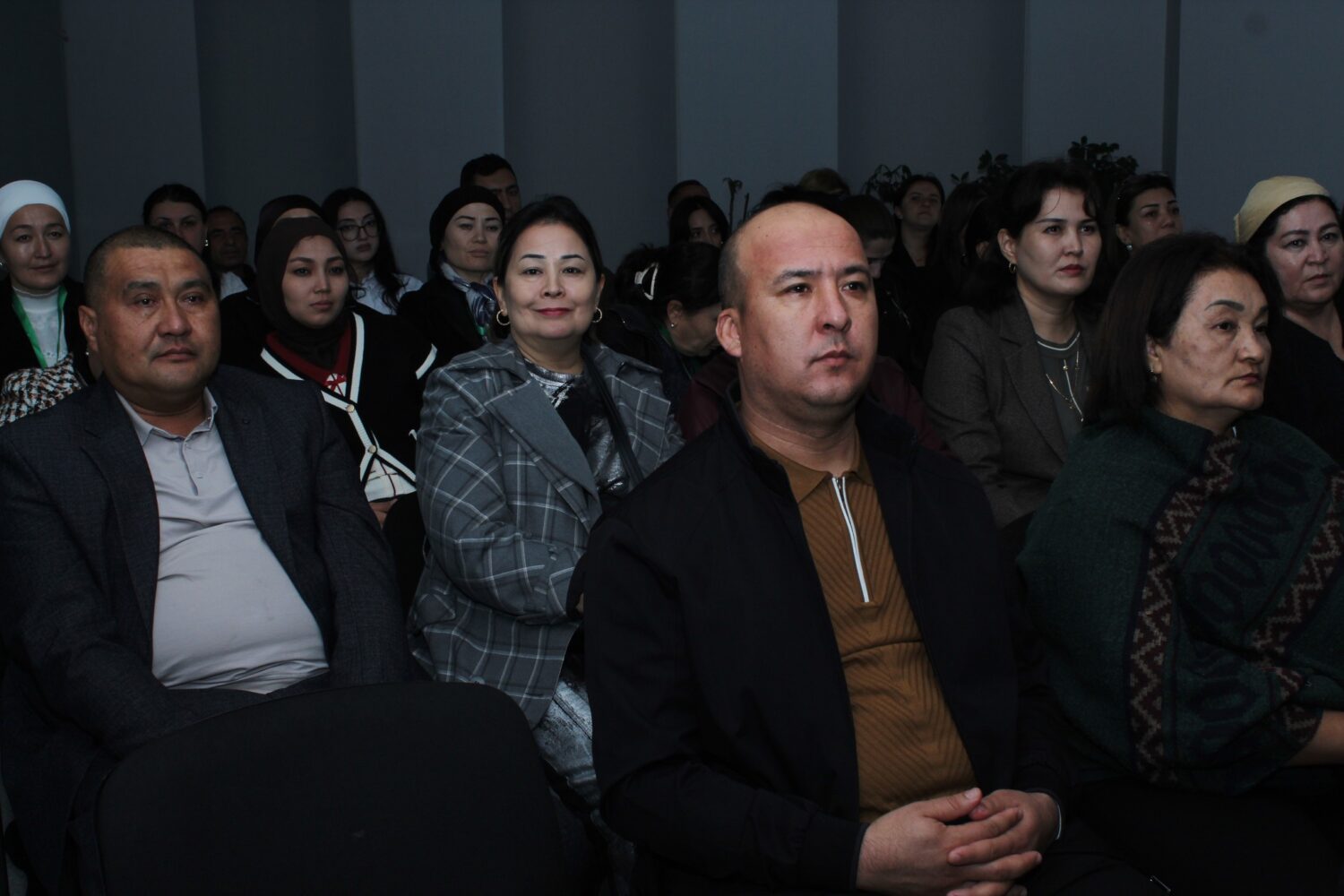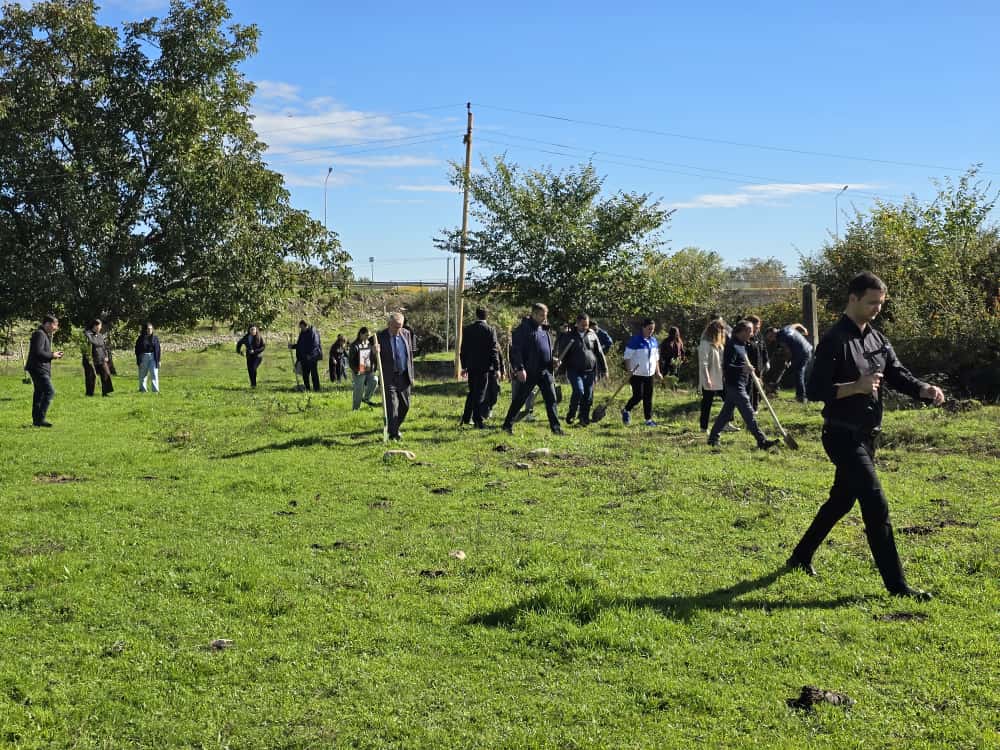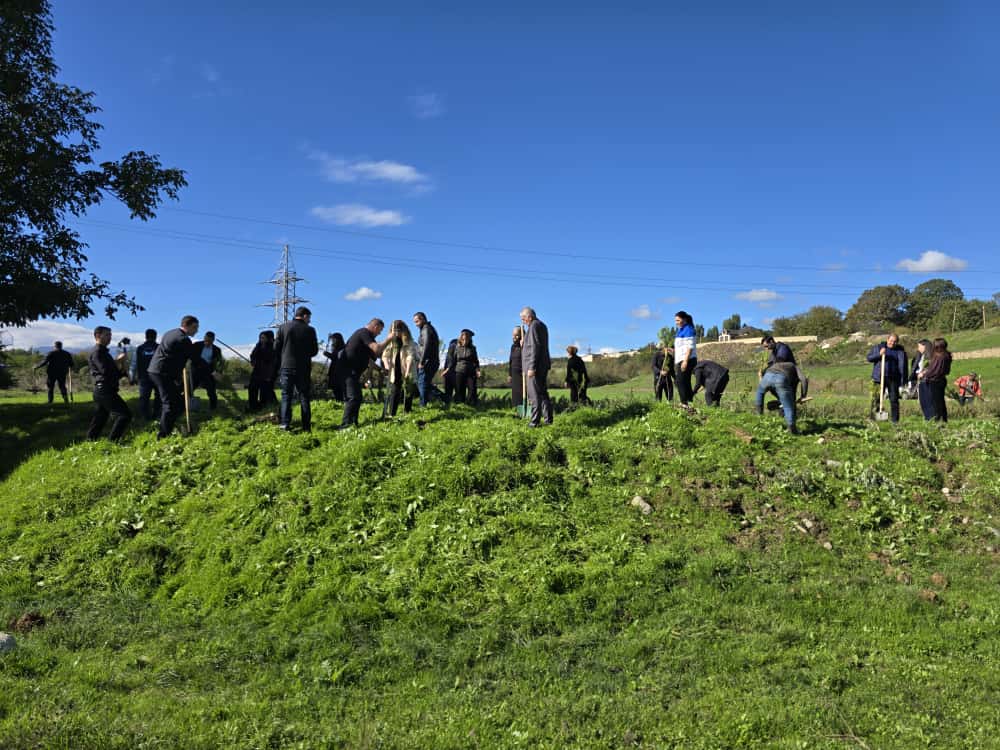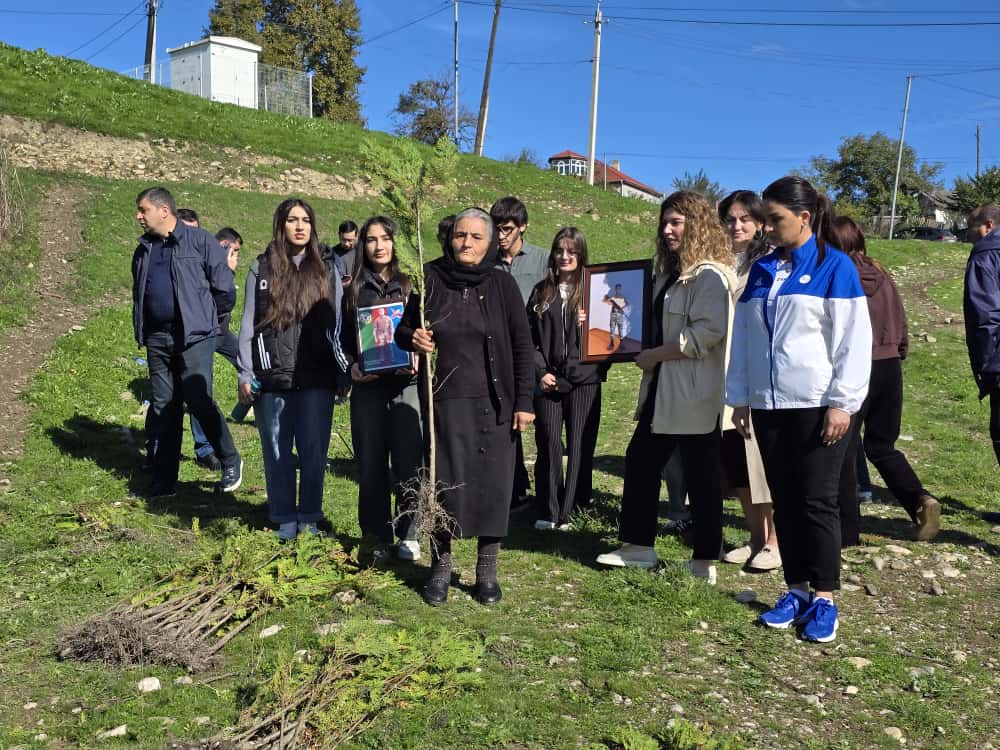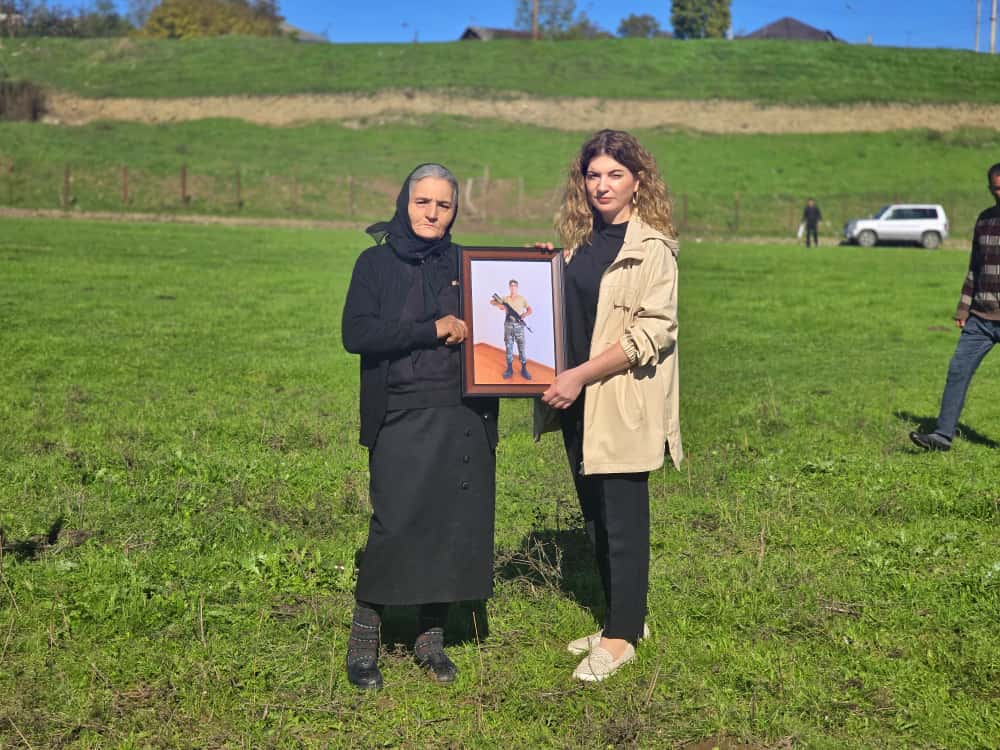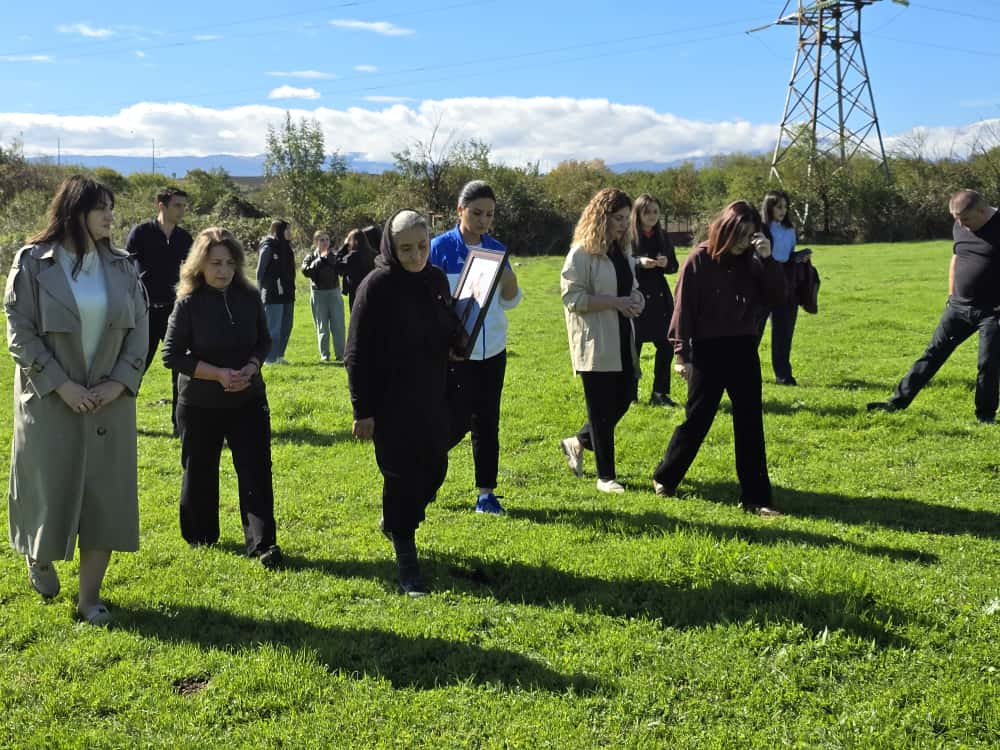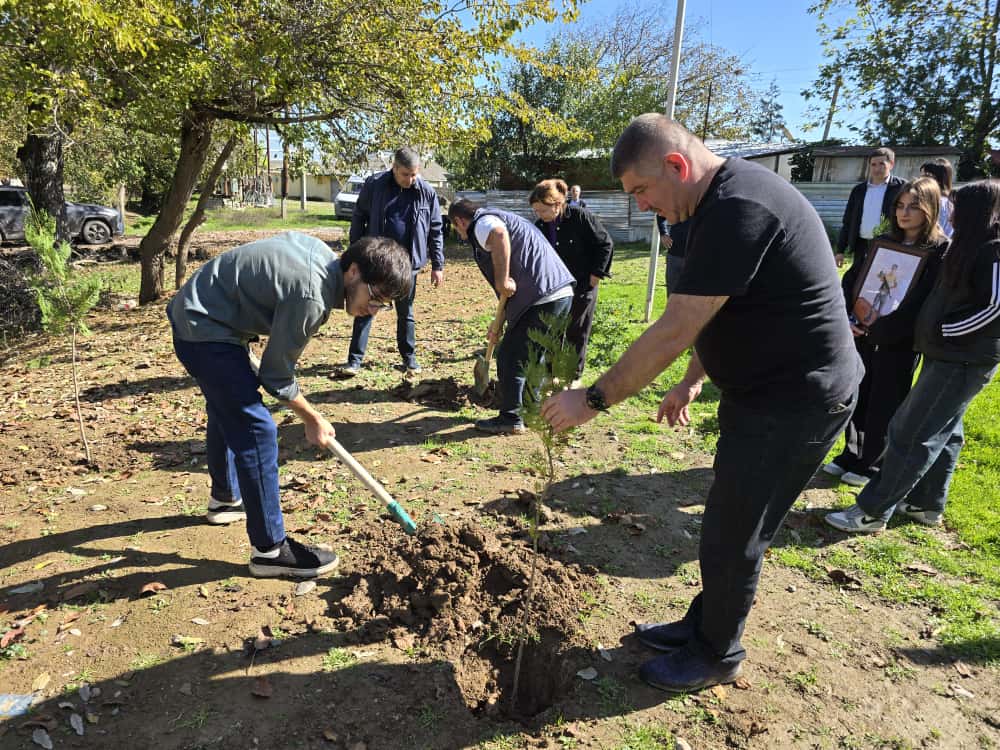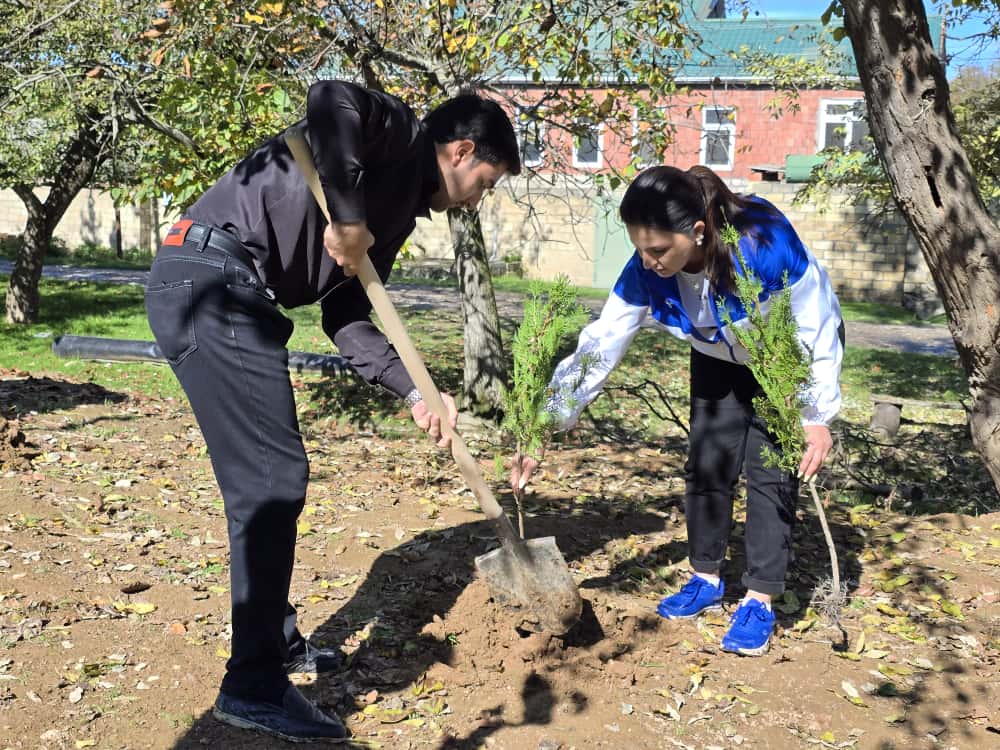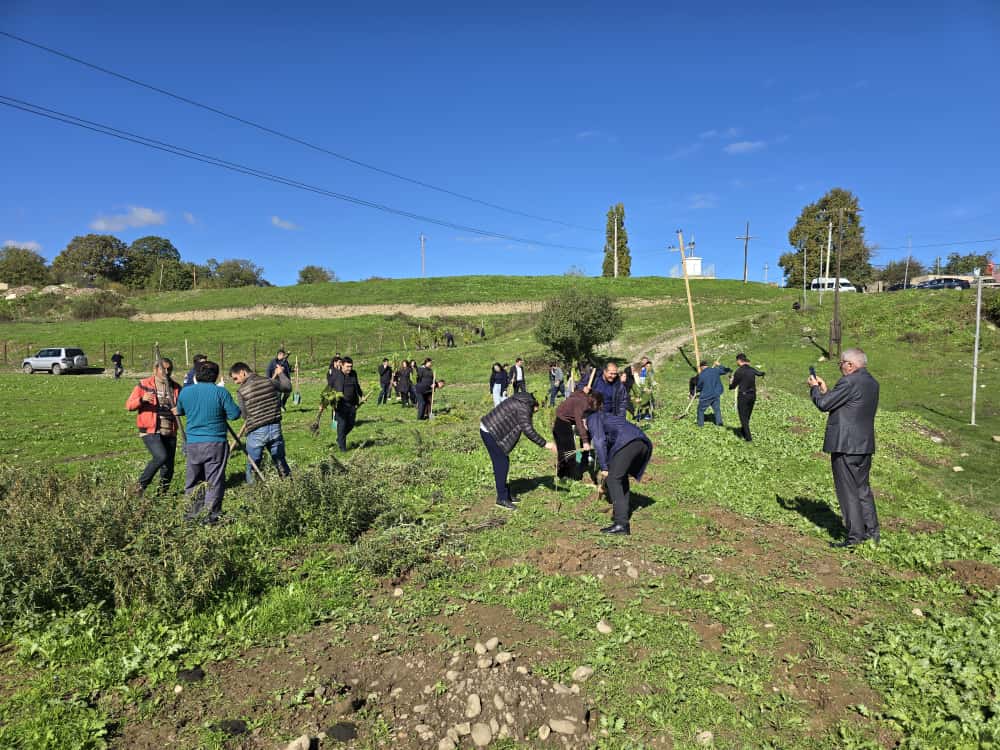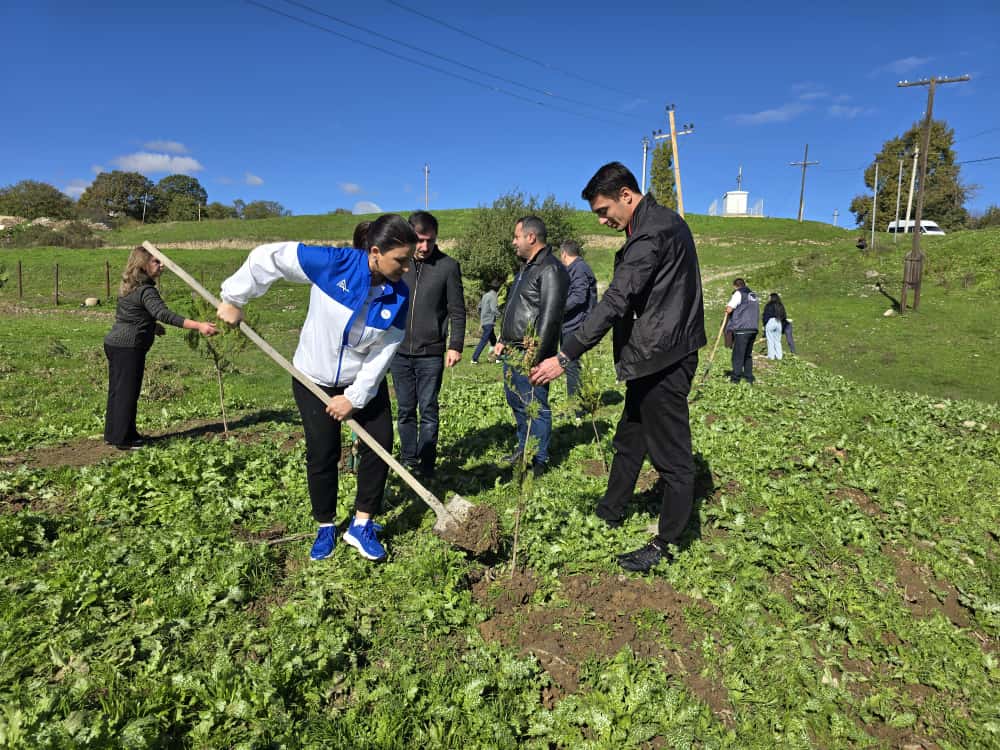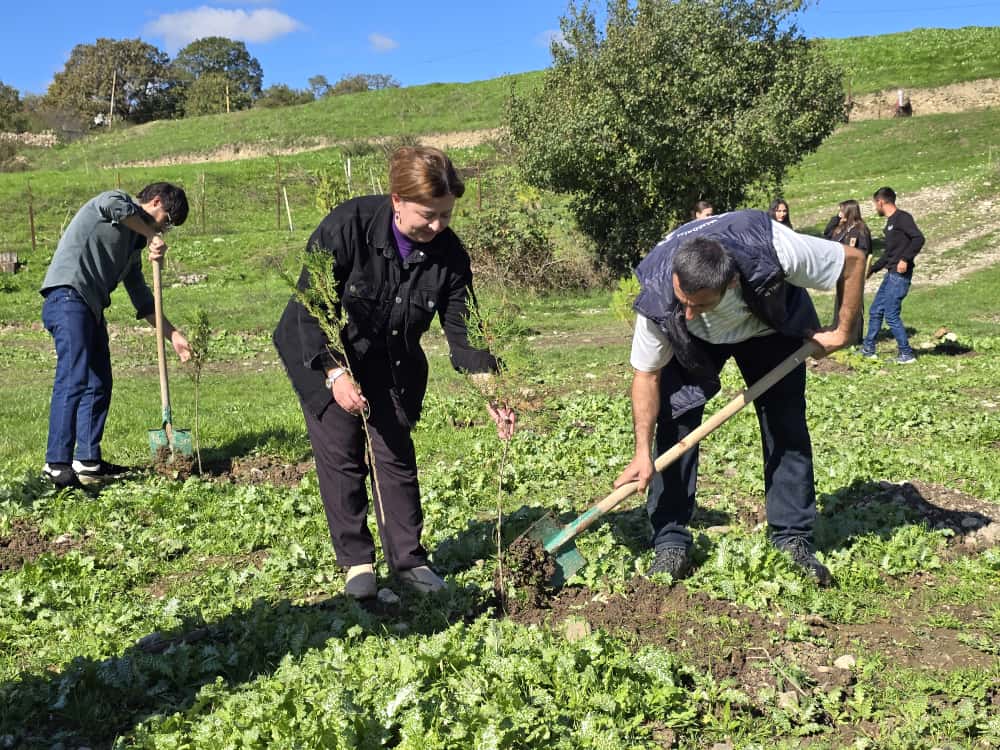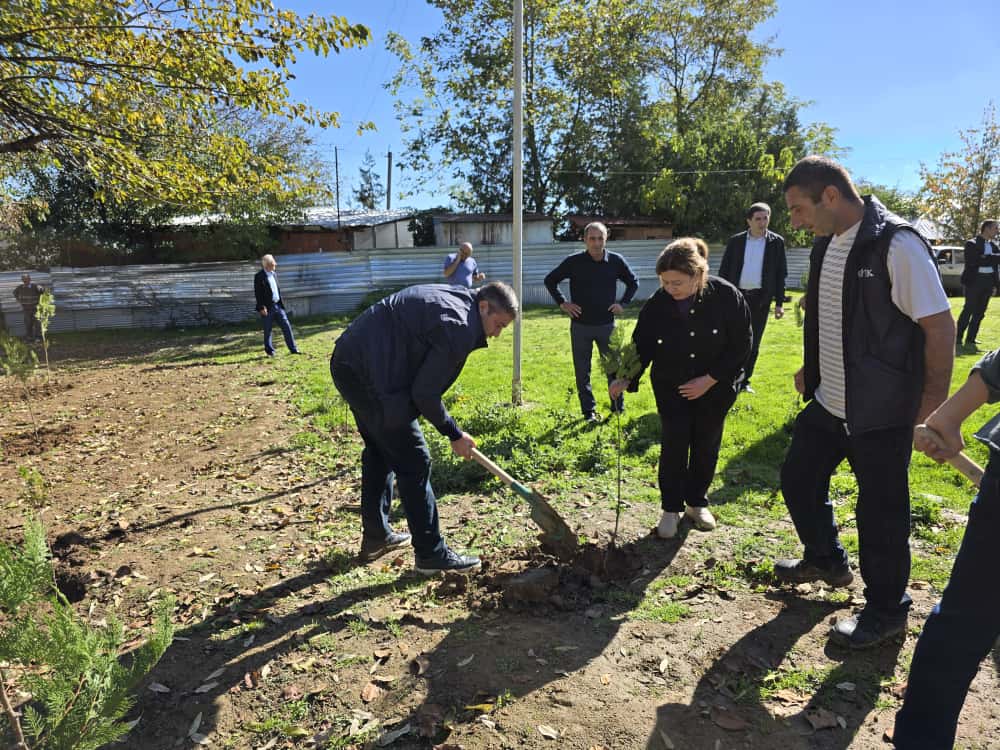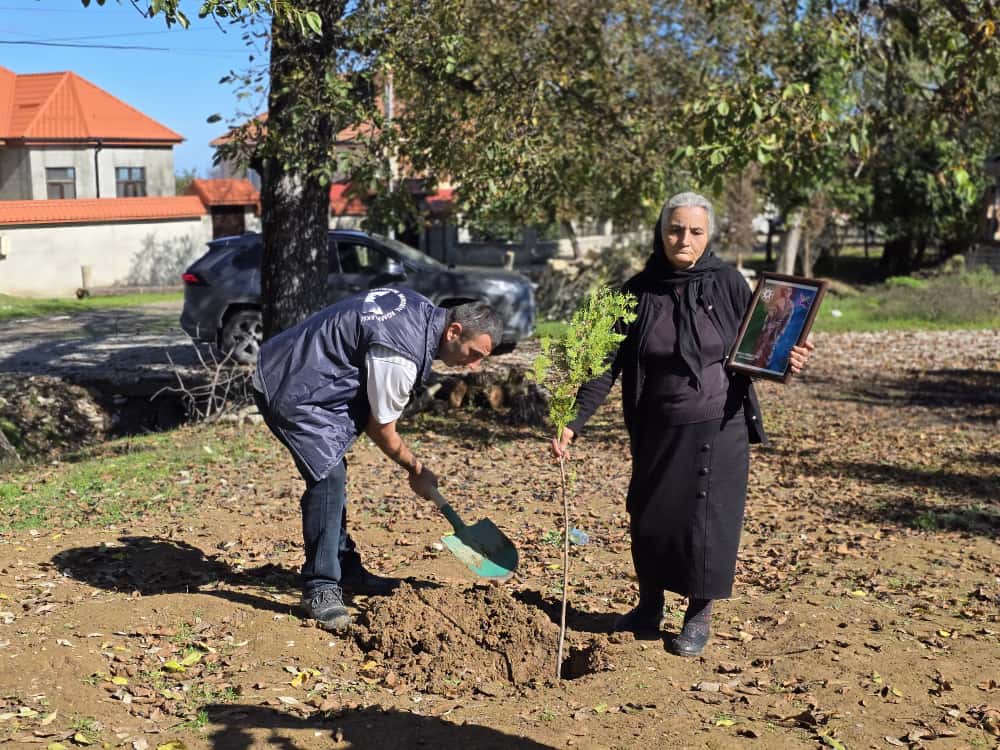The 5th International Conference and Exhibition on the topic “Balkan, Anatolia, Caucasus, and Turkestan Geography, Art, Culture, History, and Folklore” was held in Elbasan, Albania, from October 20 to 22, 2025. Over 100 scholars and researchers representing Azerbaijan, Turkey, Albania, Moldova, Italy, Uzbekistan, Iran, Iraq, Belarus, Romania, Hungary, North Macedonia, Kosovo, and other countries presented scientific papers.
At the event, the following scholars delivered presentations:
Fariz Khalili, PhD in History, presented on “Ancient Gabala – A Unique Archaeological City Nominated for the UNESCO World Heritage List, Dr. Rakhshanda Bayramova, PhD in History and Director of the “Genocide Memorial Complex” in Guba, spoke on the “Guba Genocide (April-May 1918) Committed by Armenian Dashnaks Against Turks and Muslims in the Pursuit of the ‘Greater Armenia’ Fantasy.” PhD. Seadət Aliyeva, Director of the “Avey” State Historical and Cultural Reserve and PhD in History, gave a talk on “Archaeological Evolution and Cultural Continuity at the Damcili Cave Campsite.” Musa Mursaguliyev, Director of the “Keshikchidag” State Historical and Cultural Reserve, presented on “Archaeological Research of the Yovshanlıdere Mounds in the Keikchidagh Region.” Gunel Pirguliyeva, Director of the “Chiraggala-Shabran” State Historical and Cultural Reserve, discussed “Chıiraggala: Historical-Archaeological Research and Restoration-Conservation Analyses.”
At the end of the event, certificates were presented to the participants. The conference attendees also participated in an excursion to Elbasan Castle and the Elbasan Ethnography Museum.
